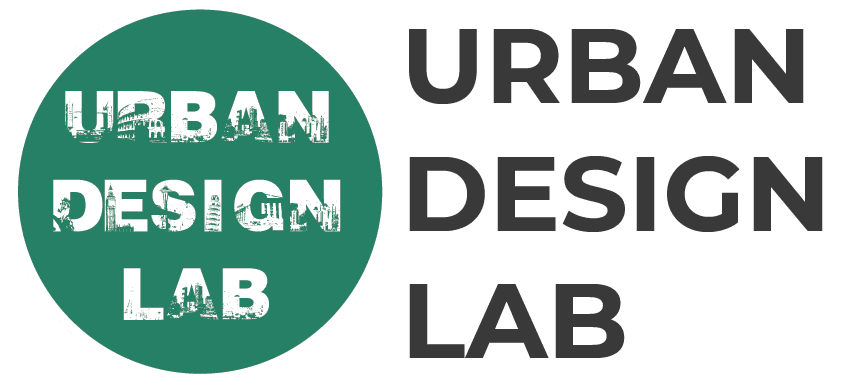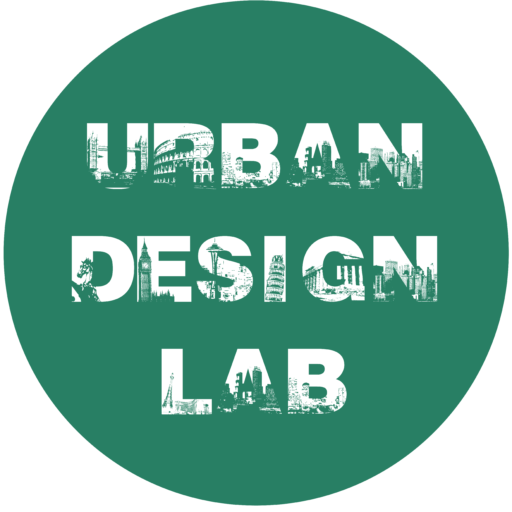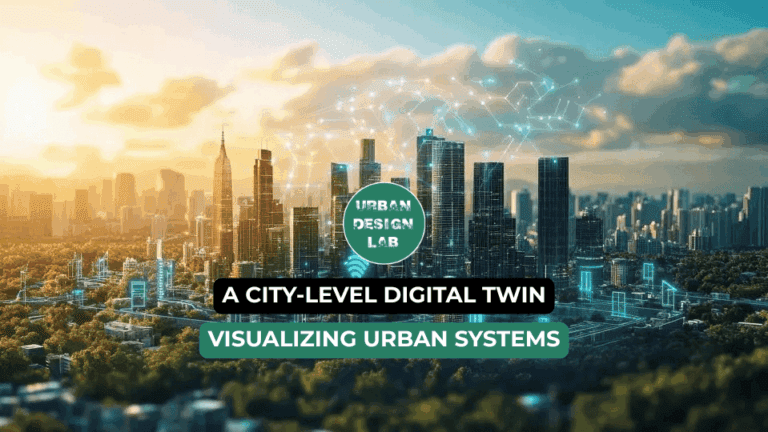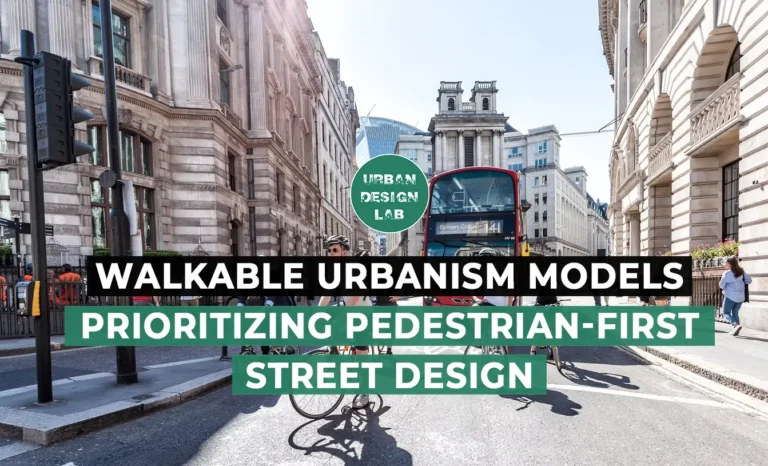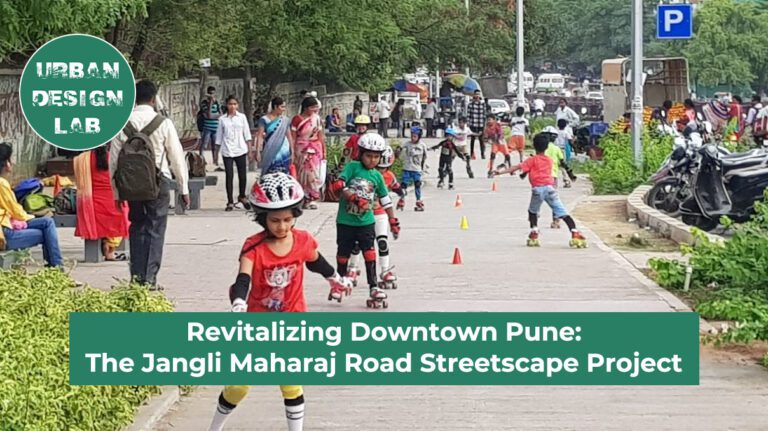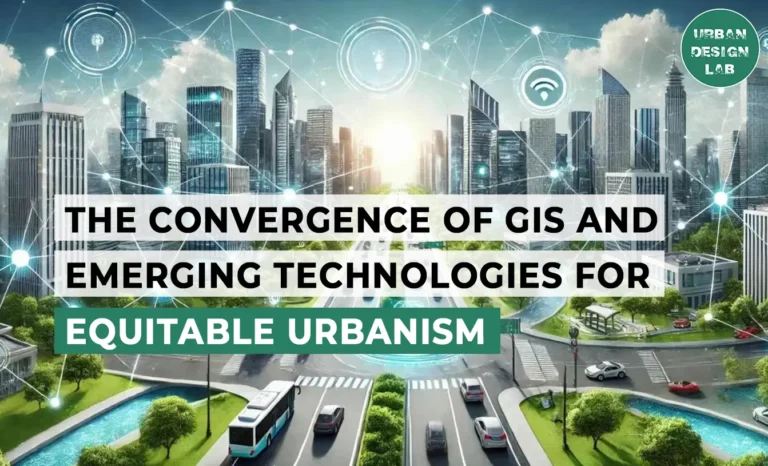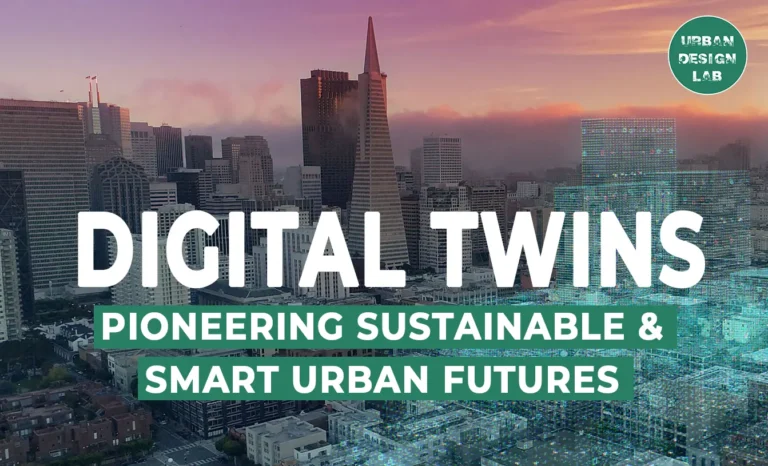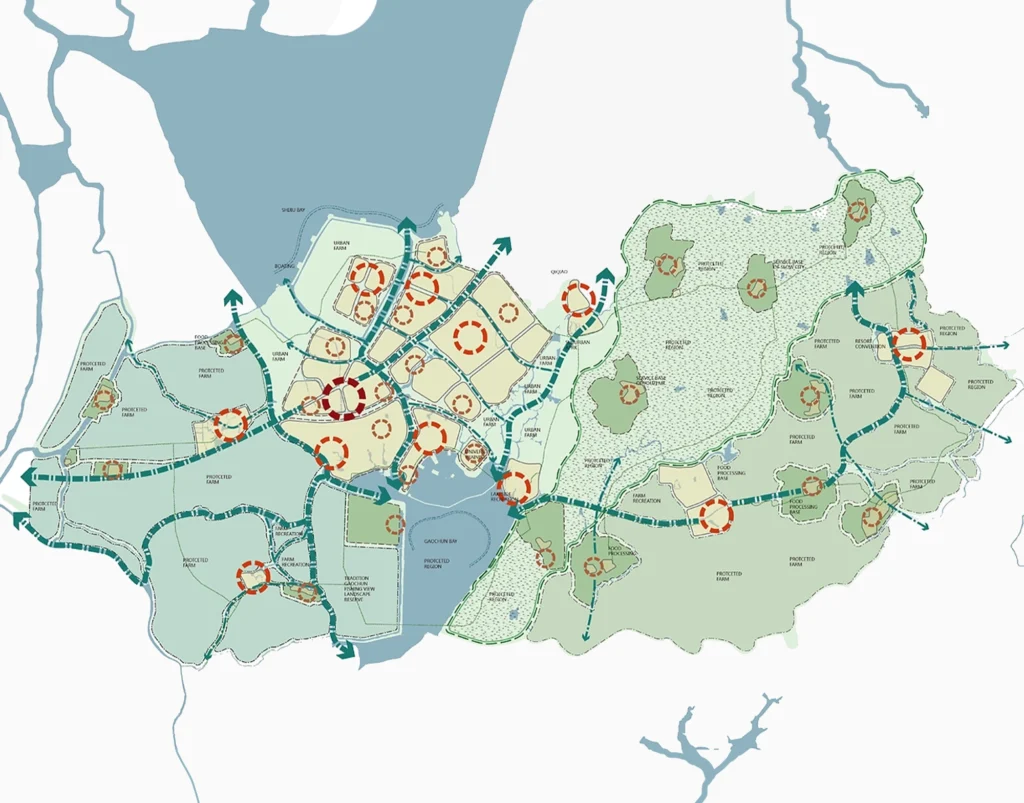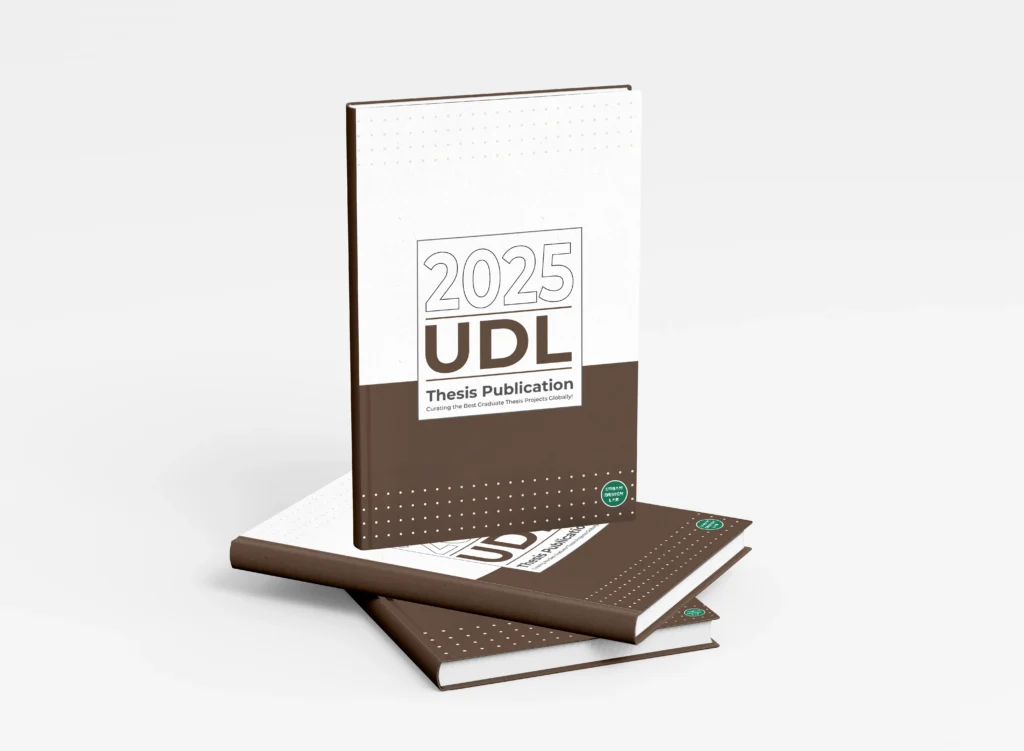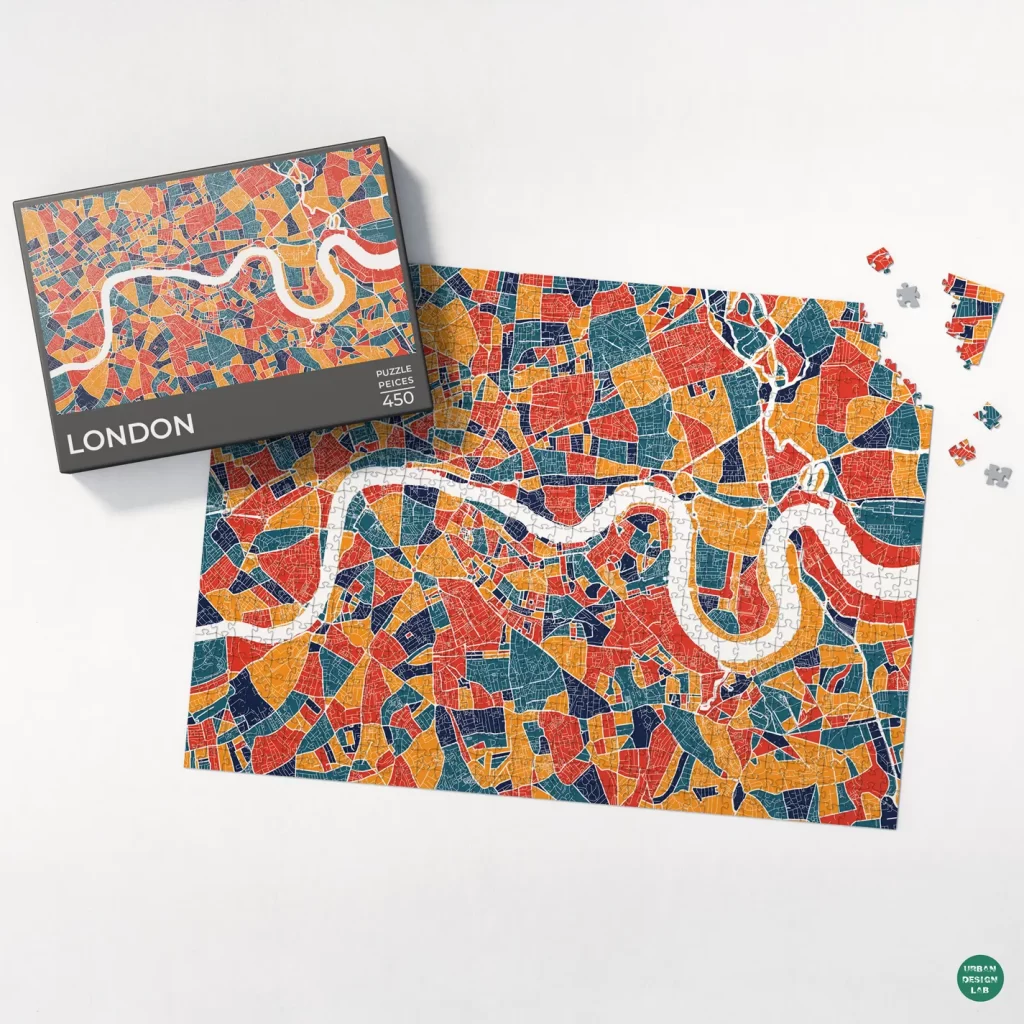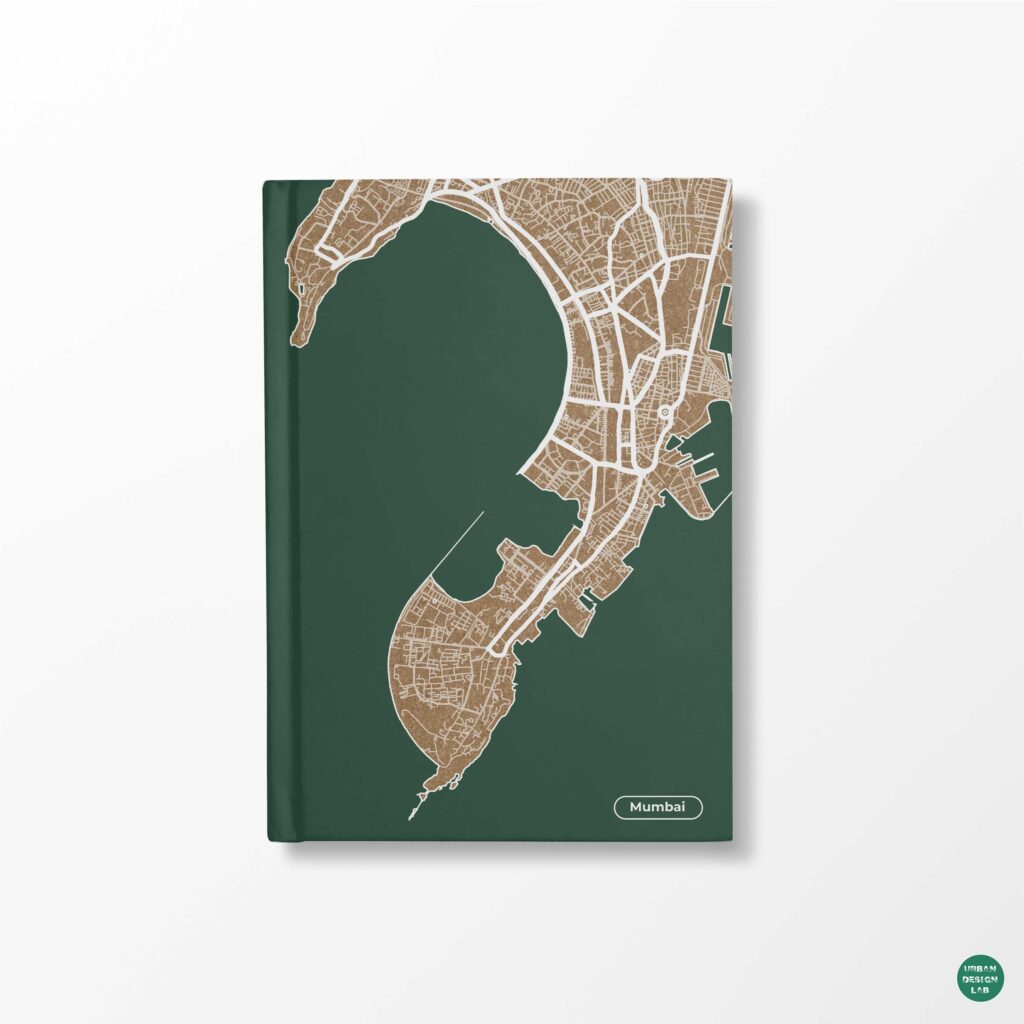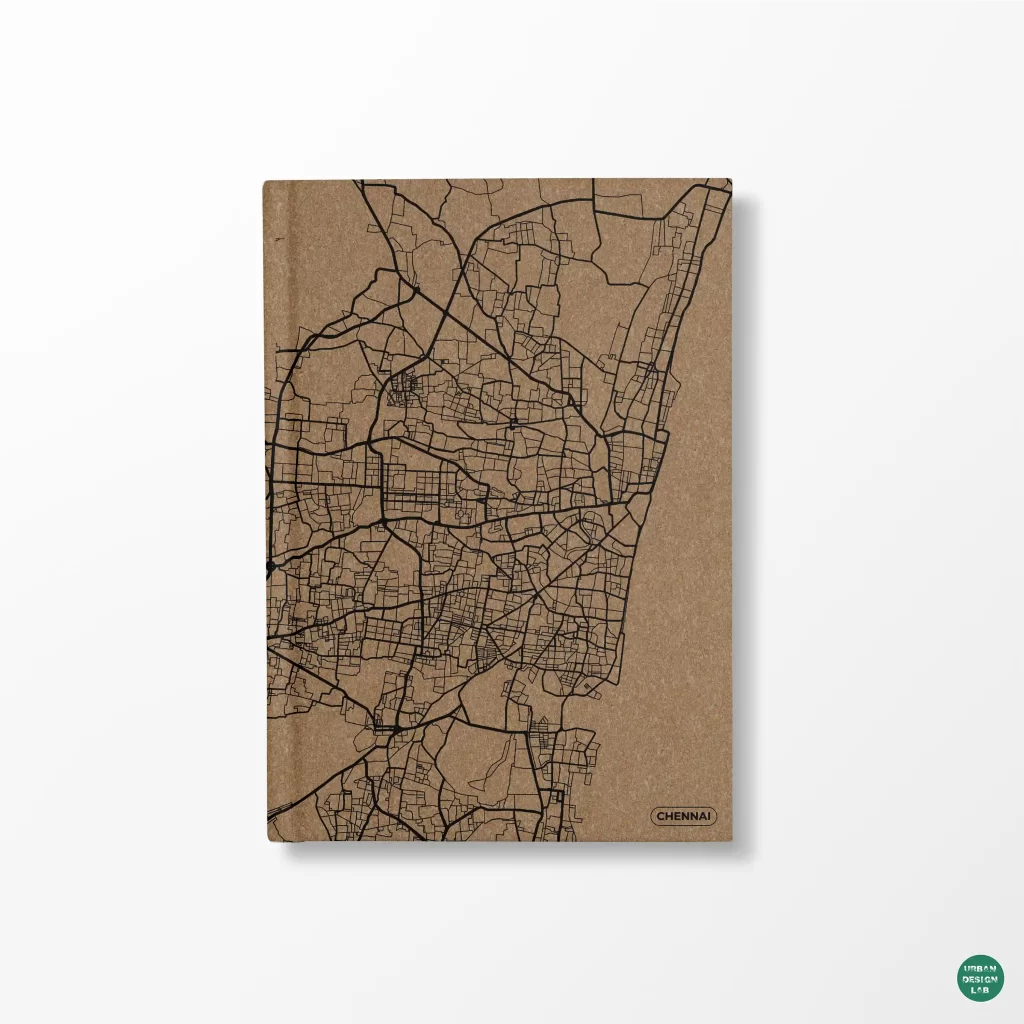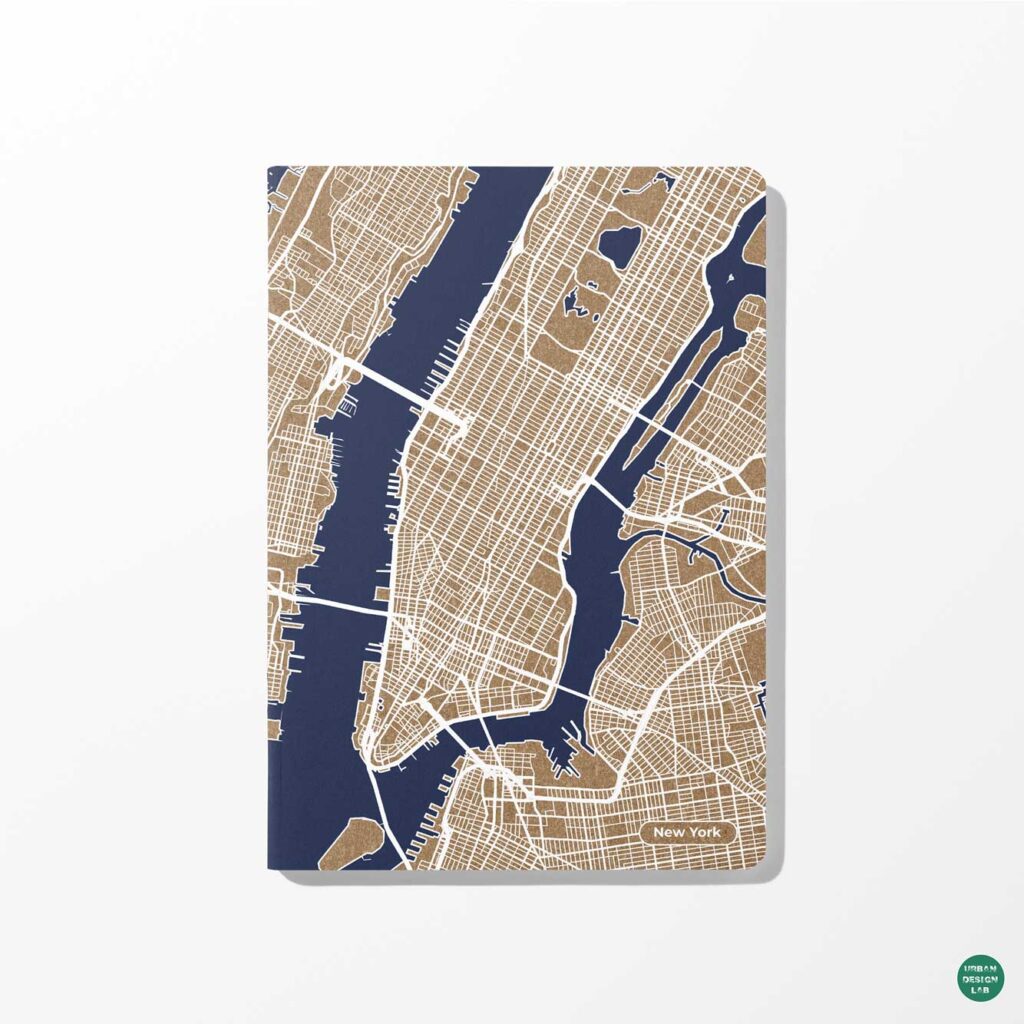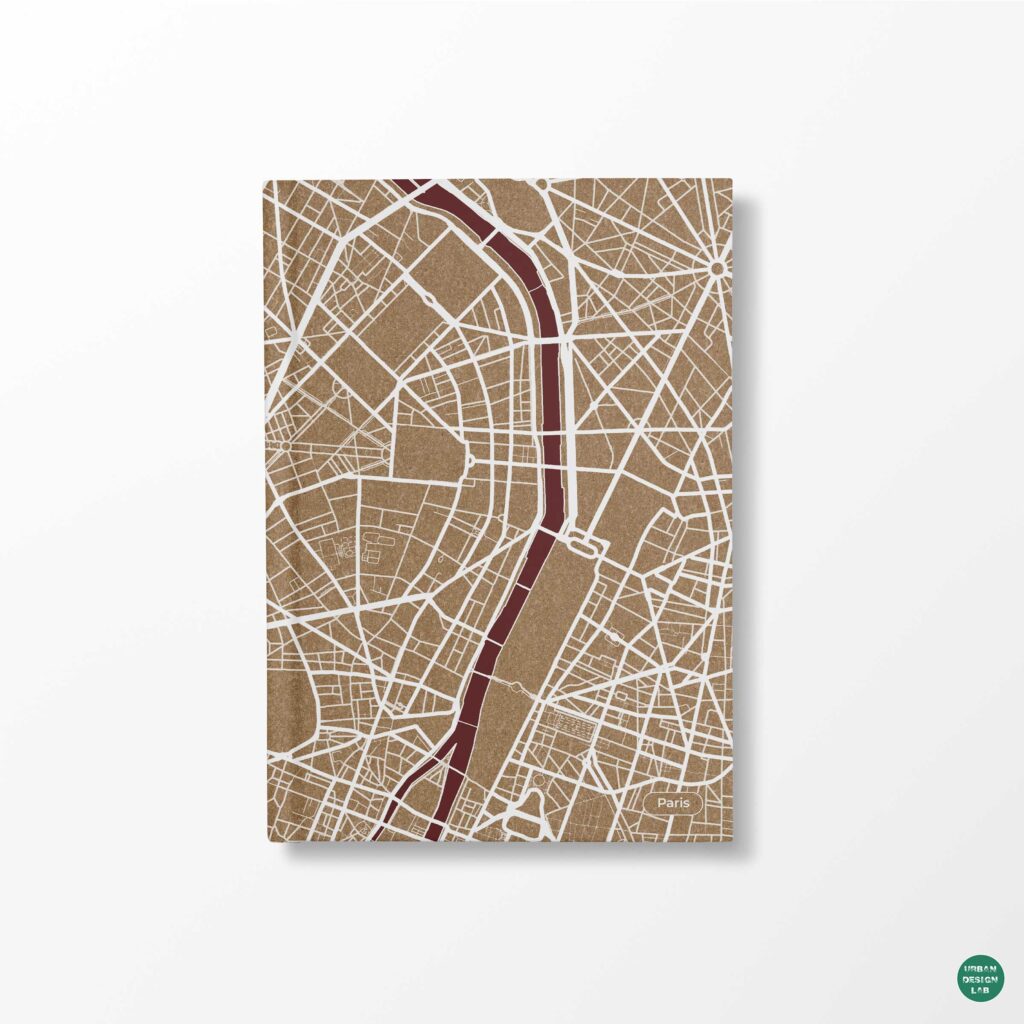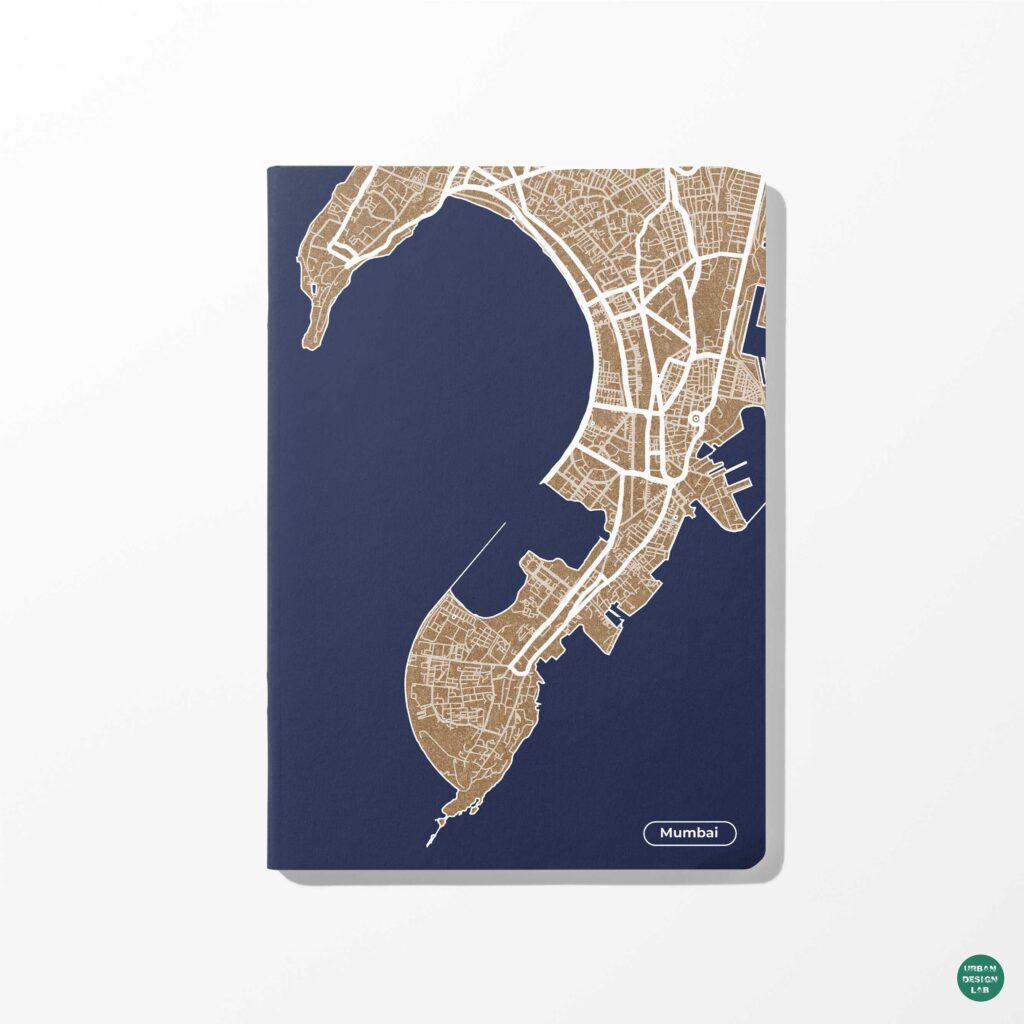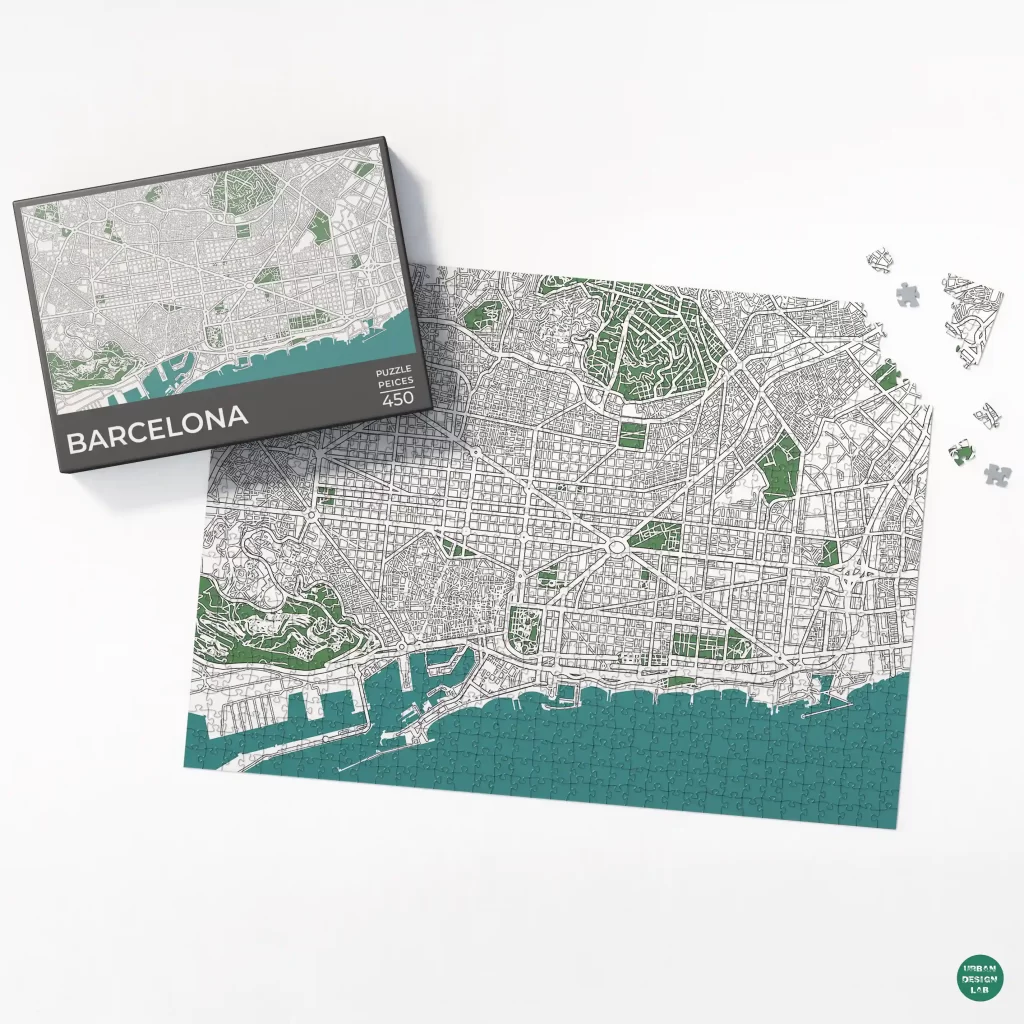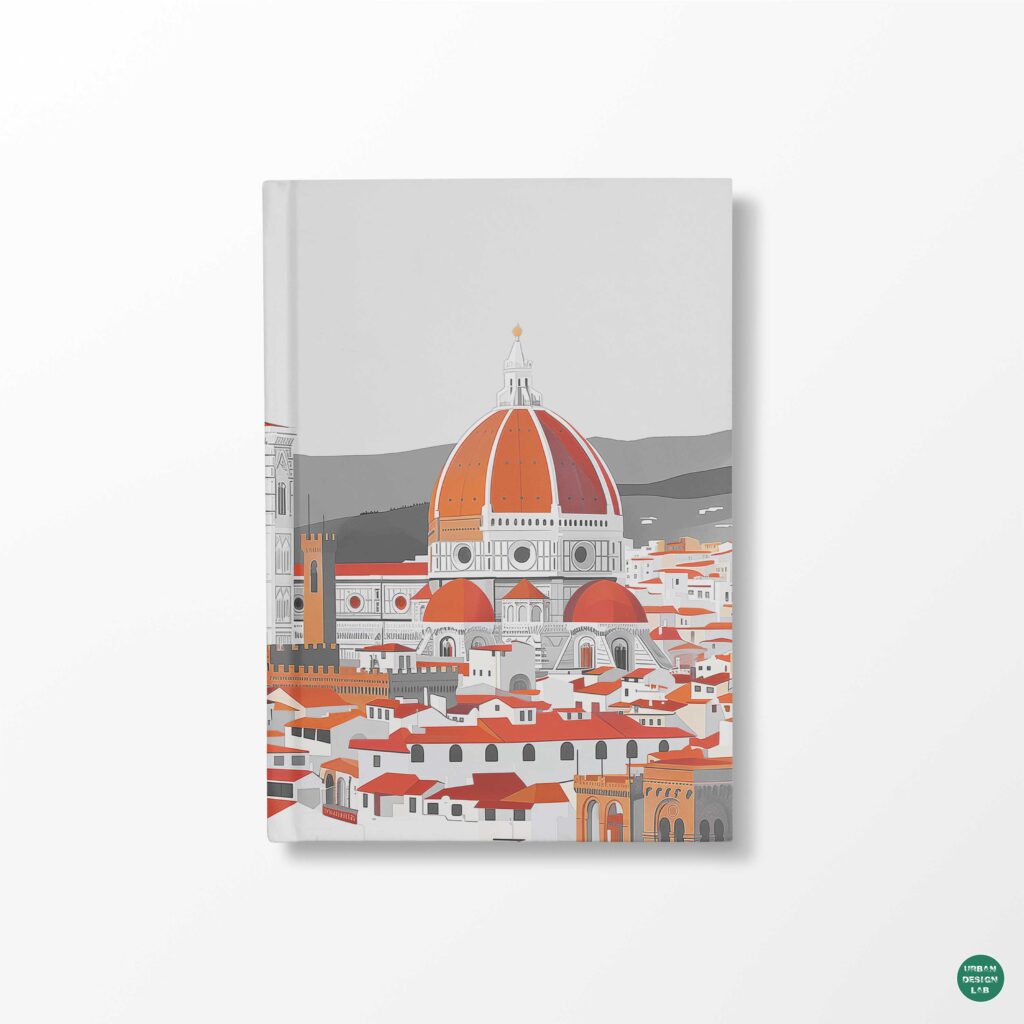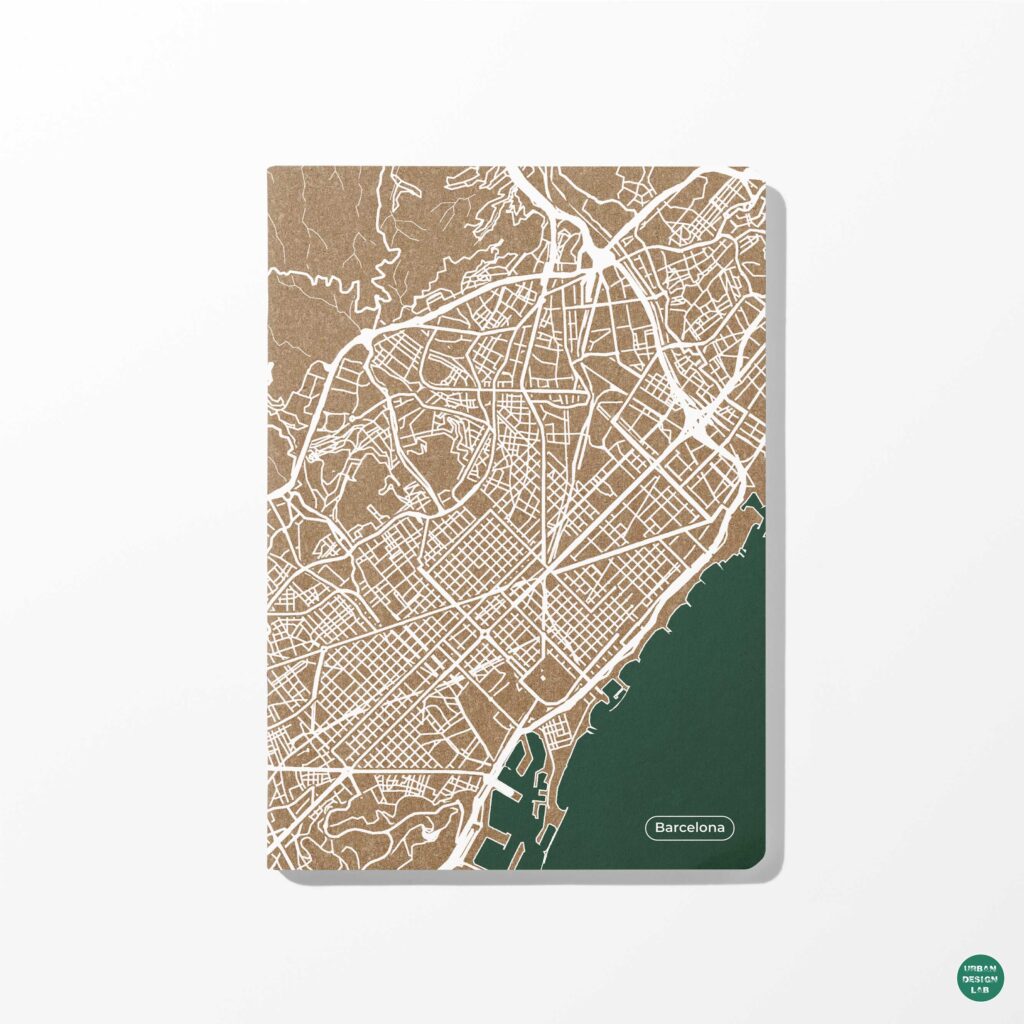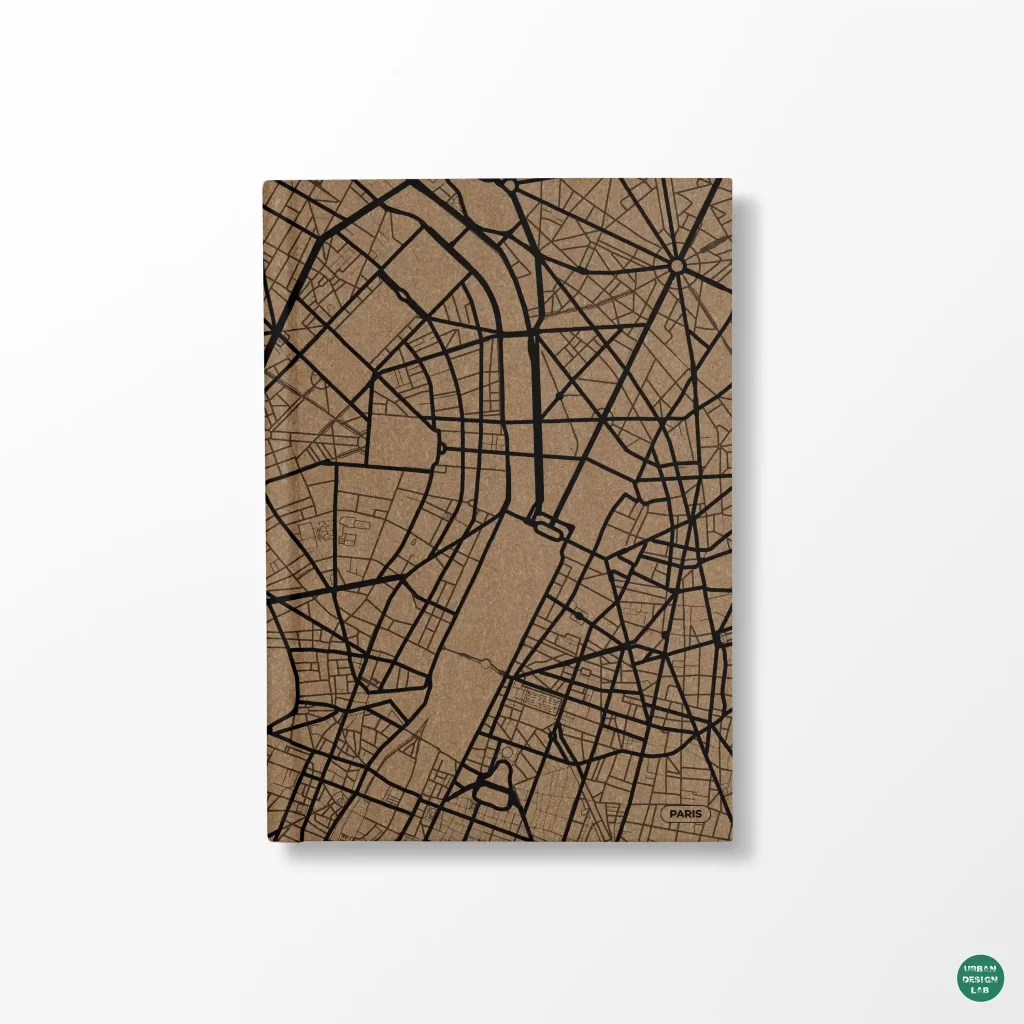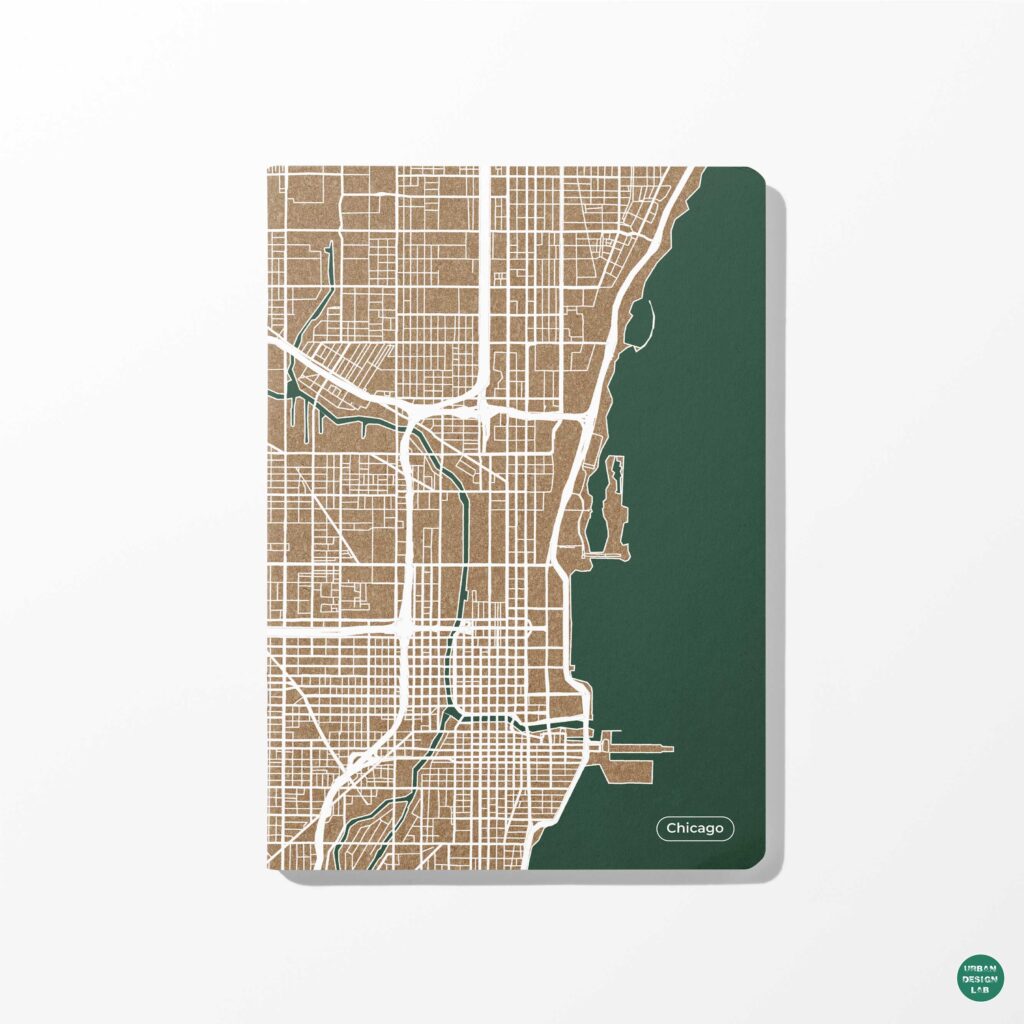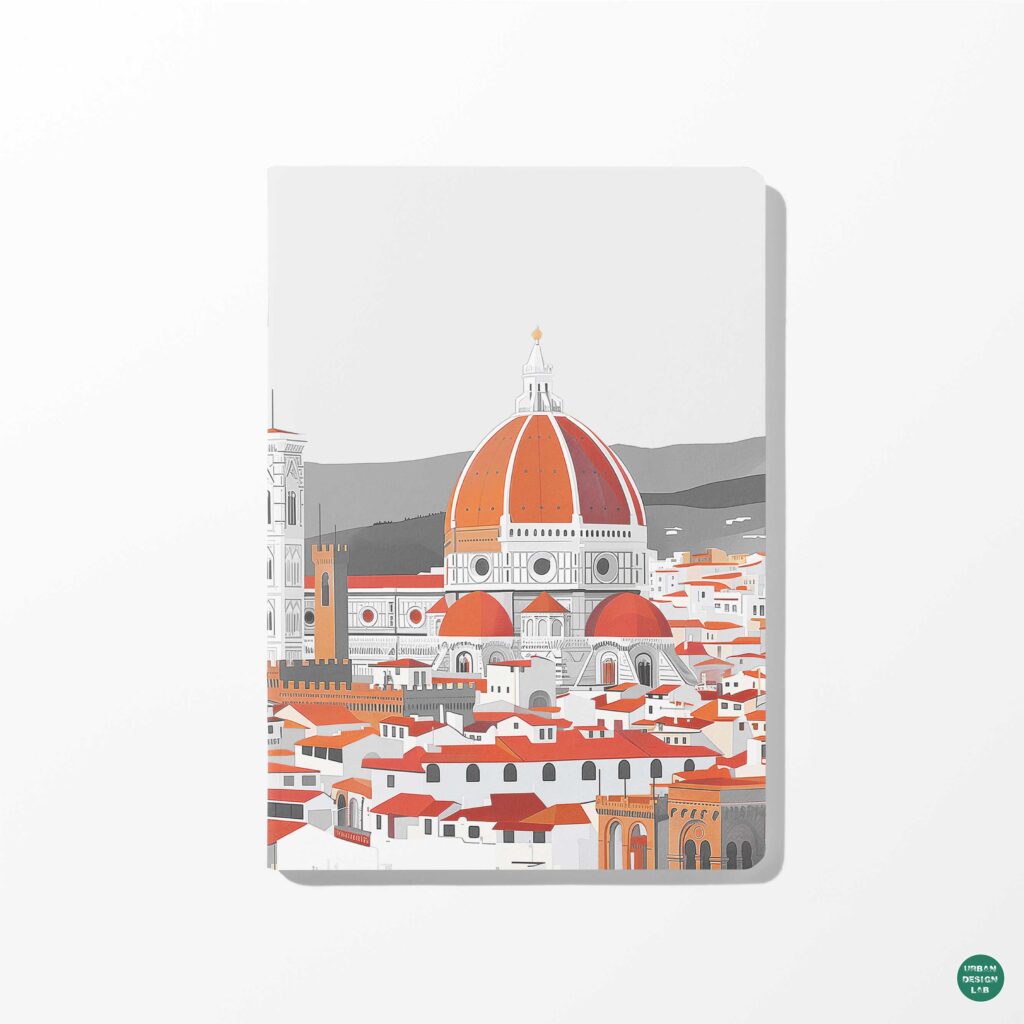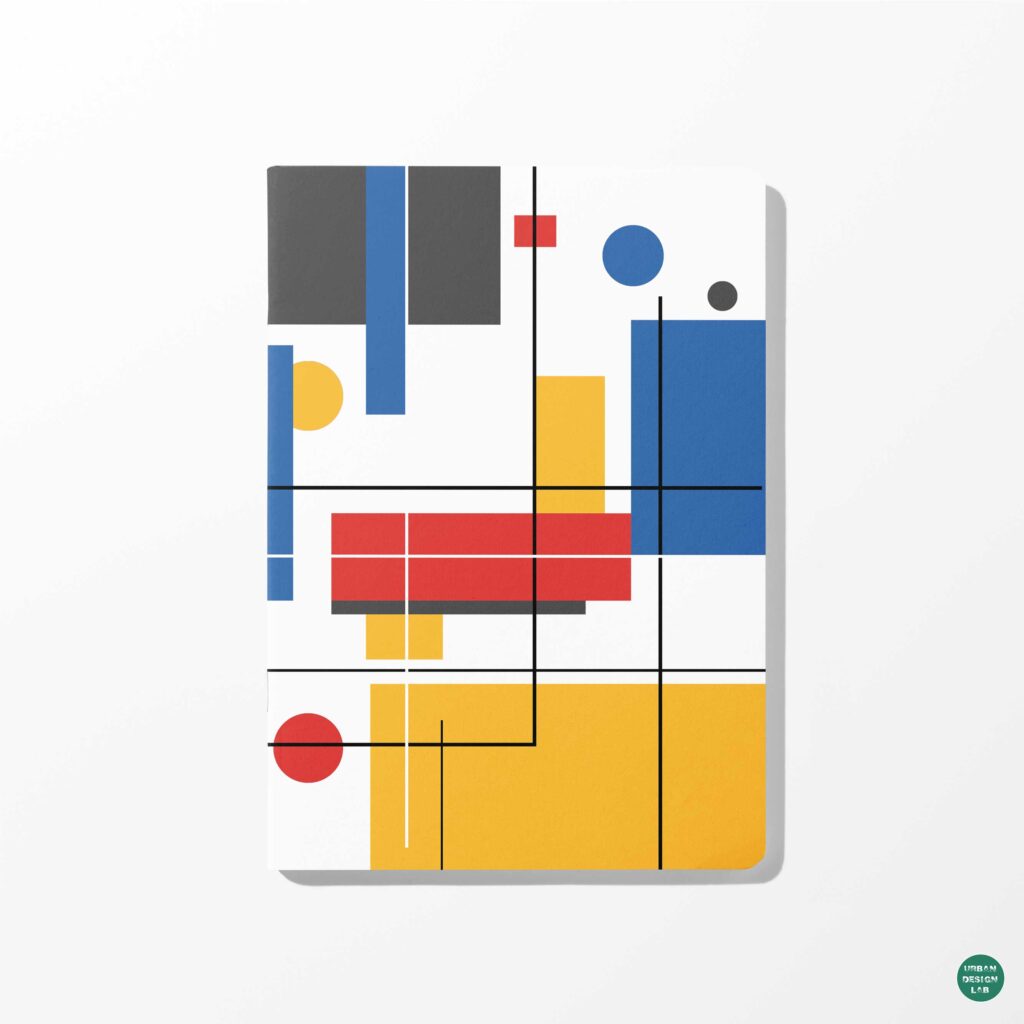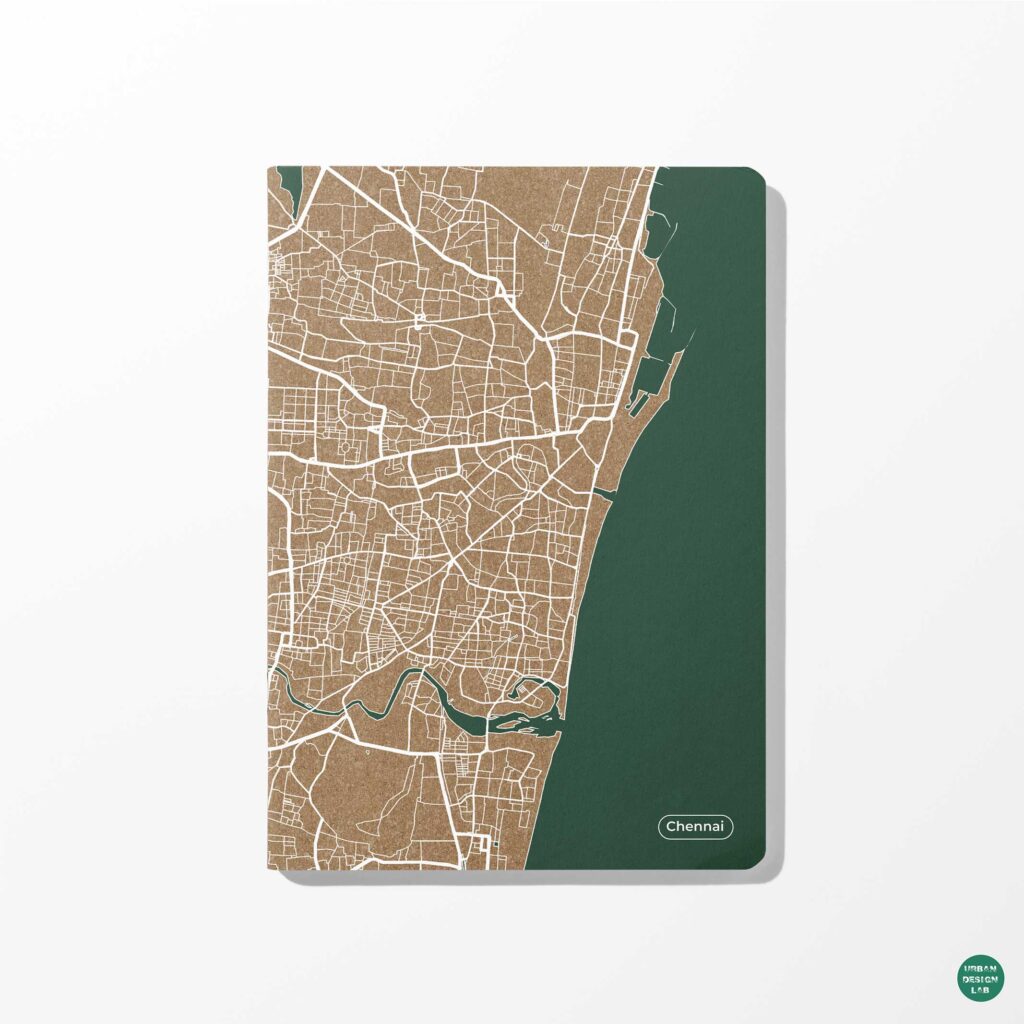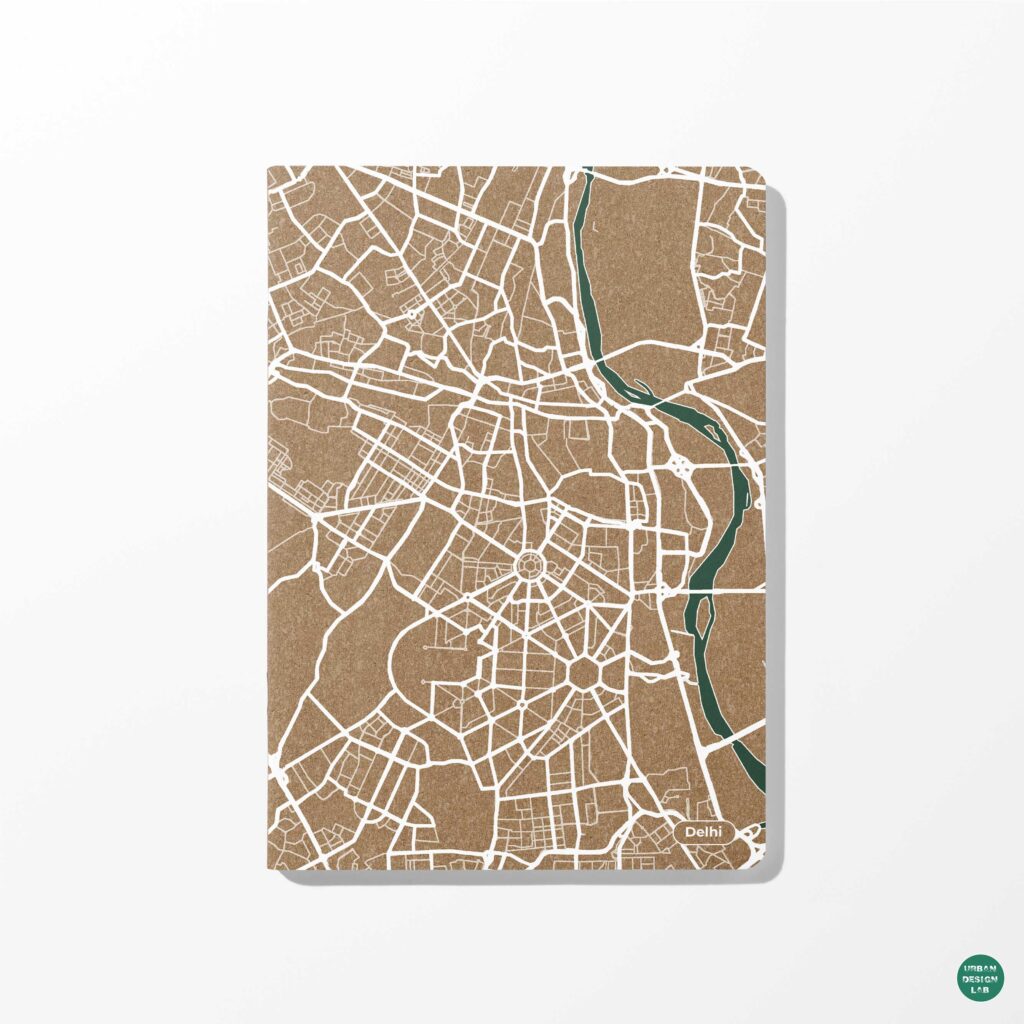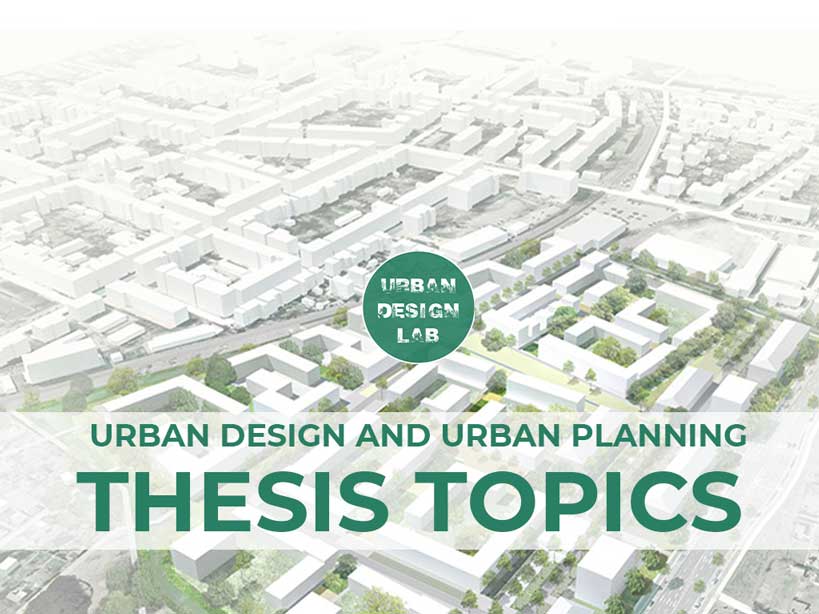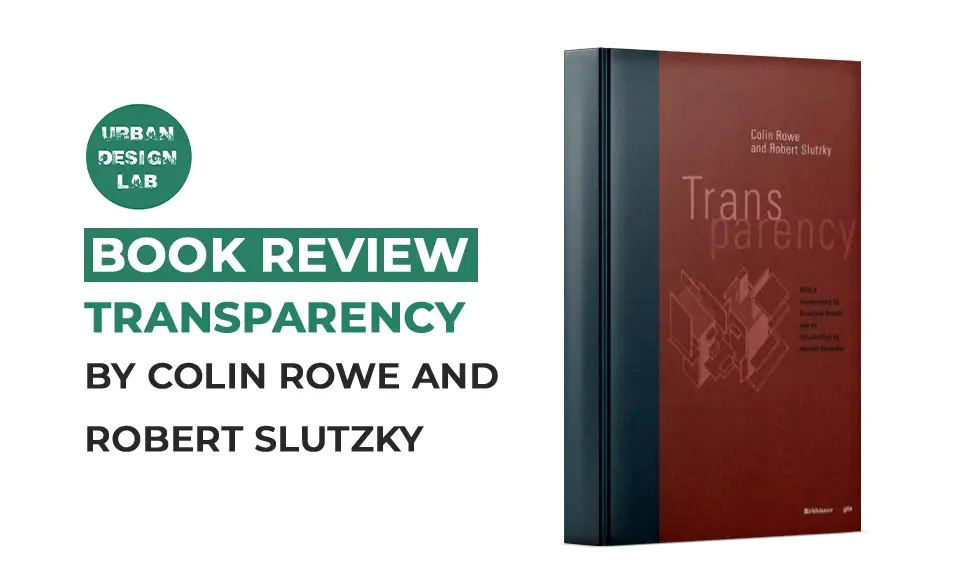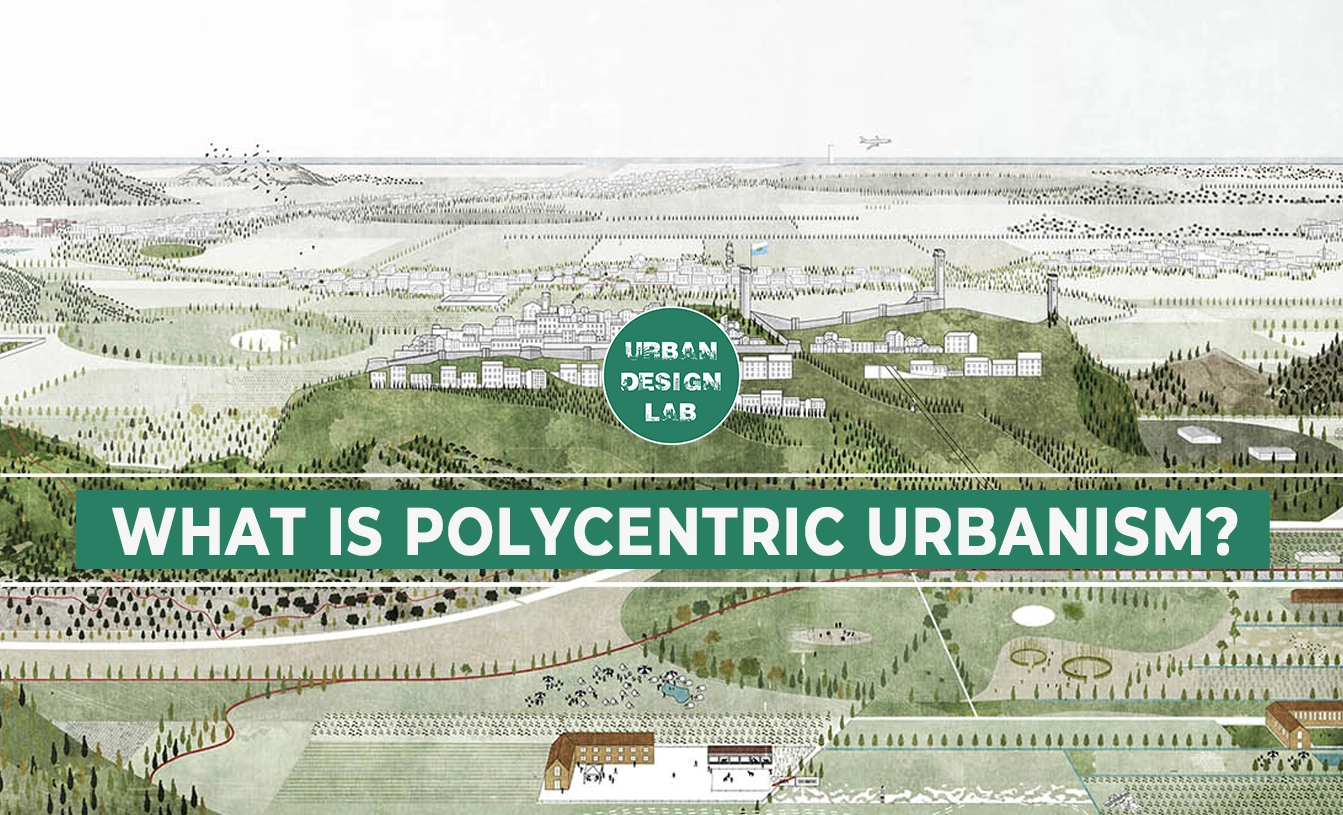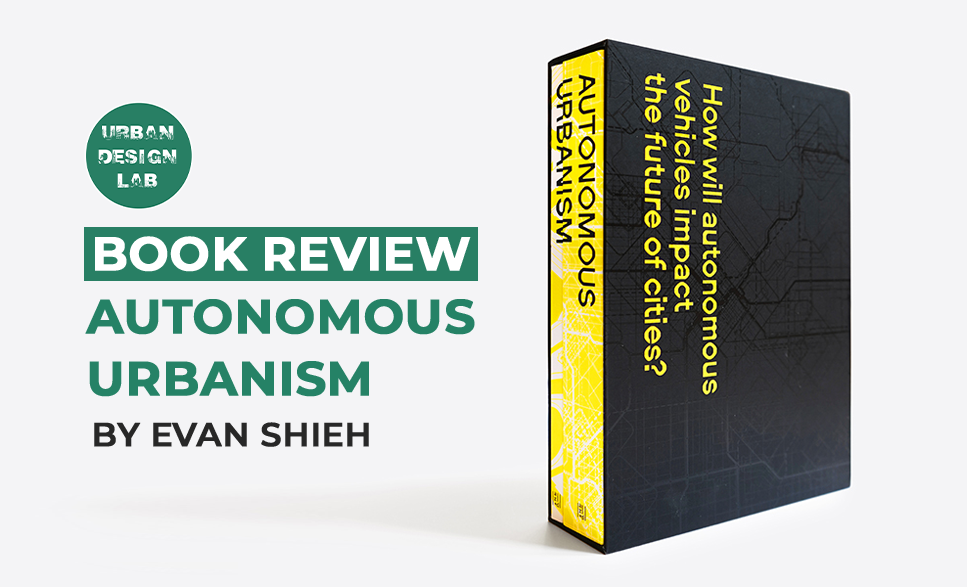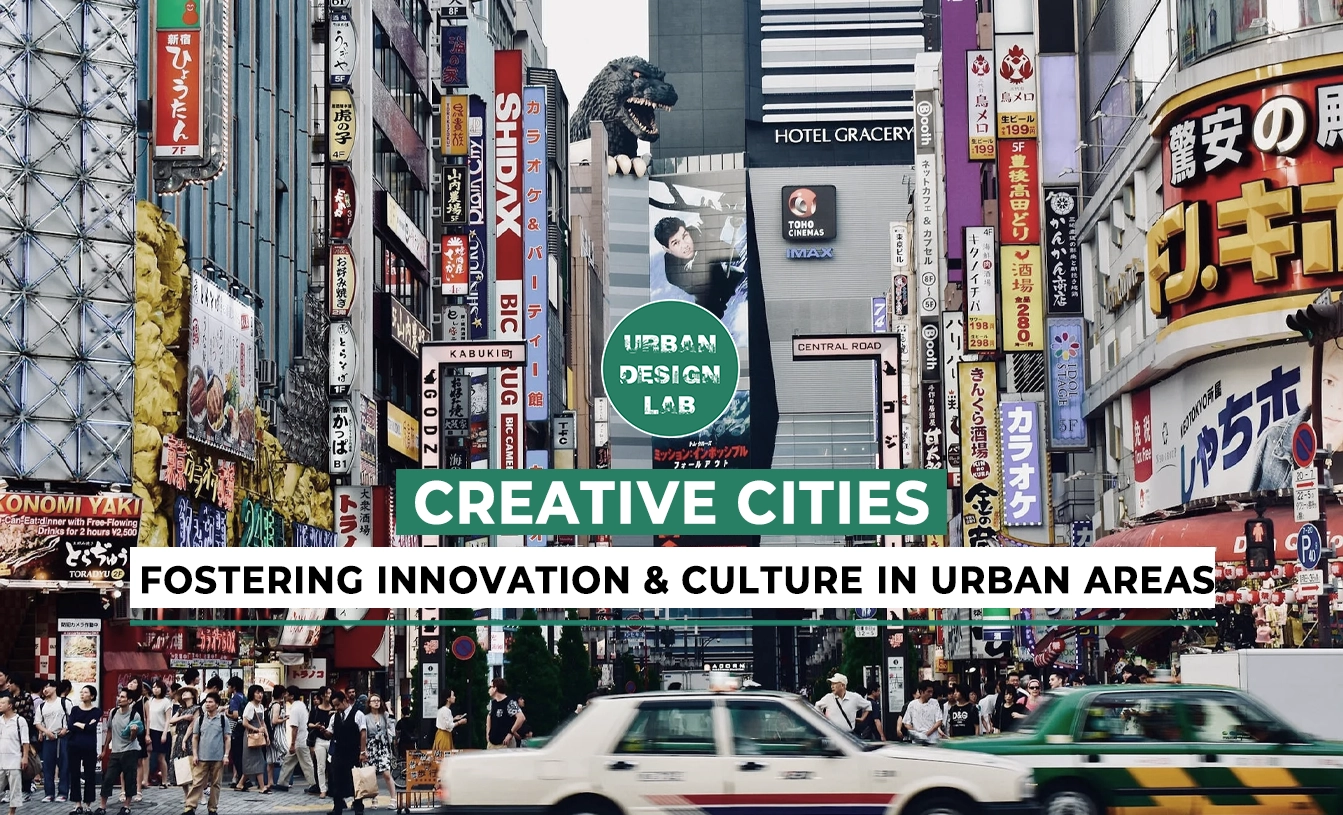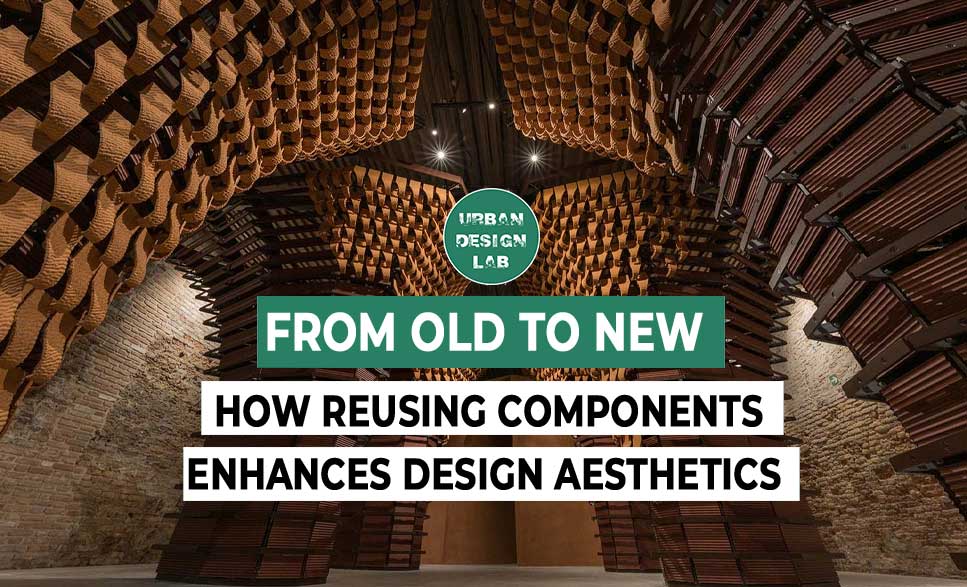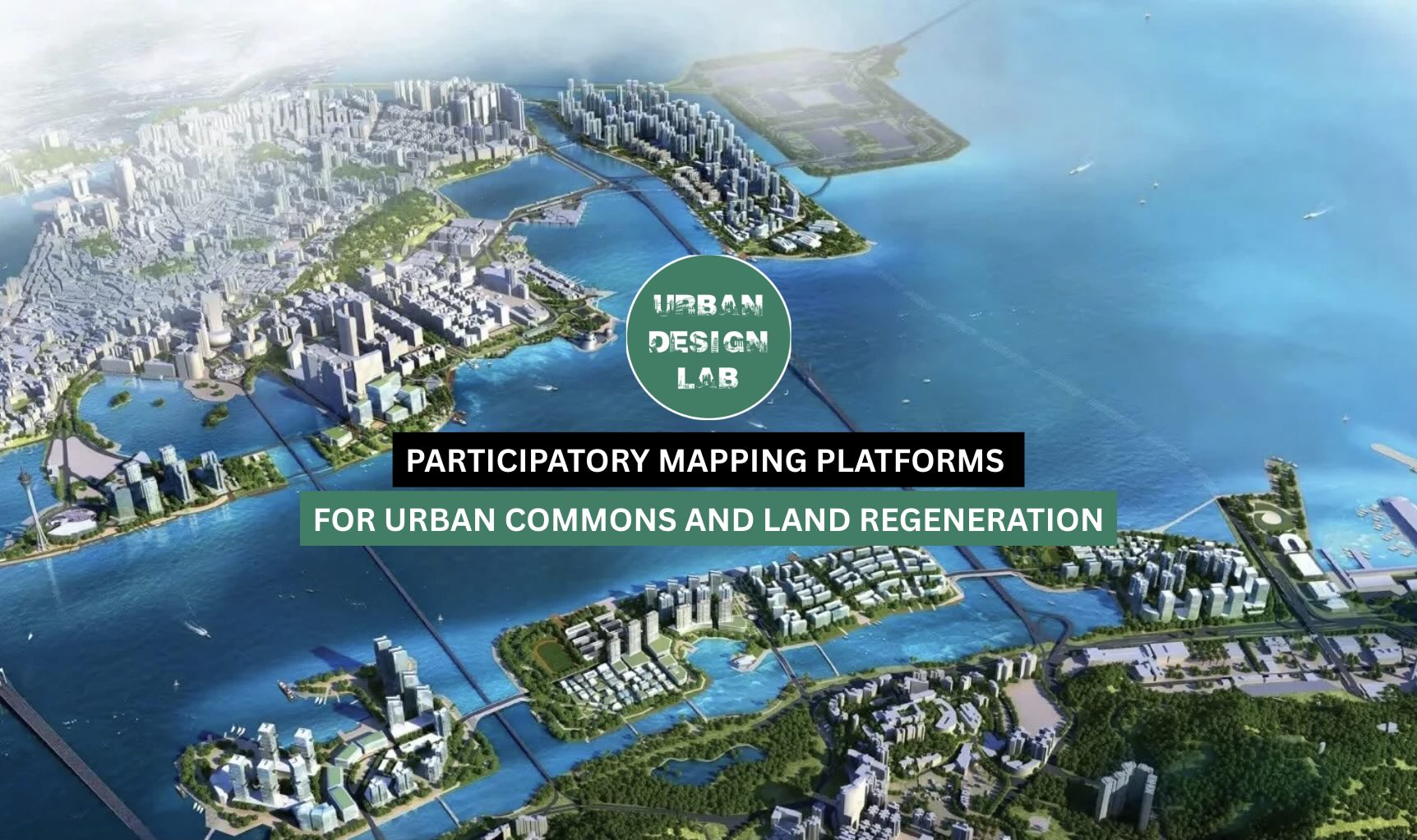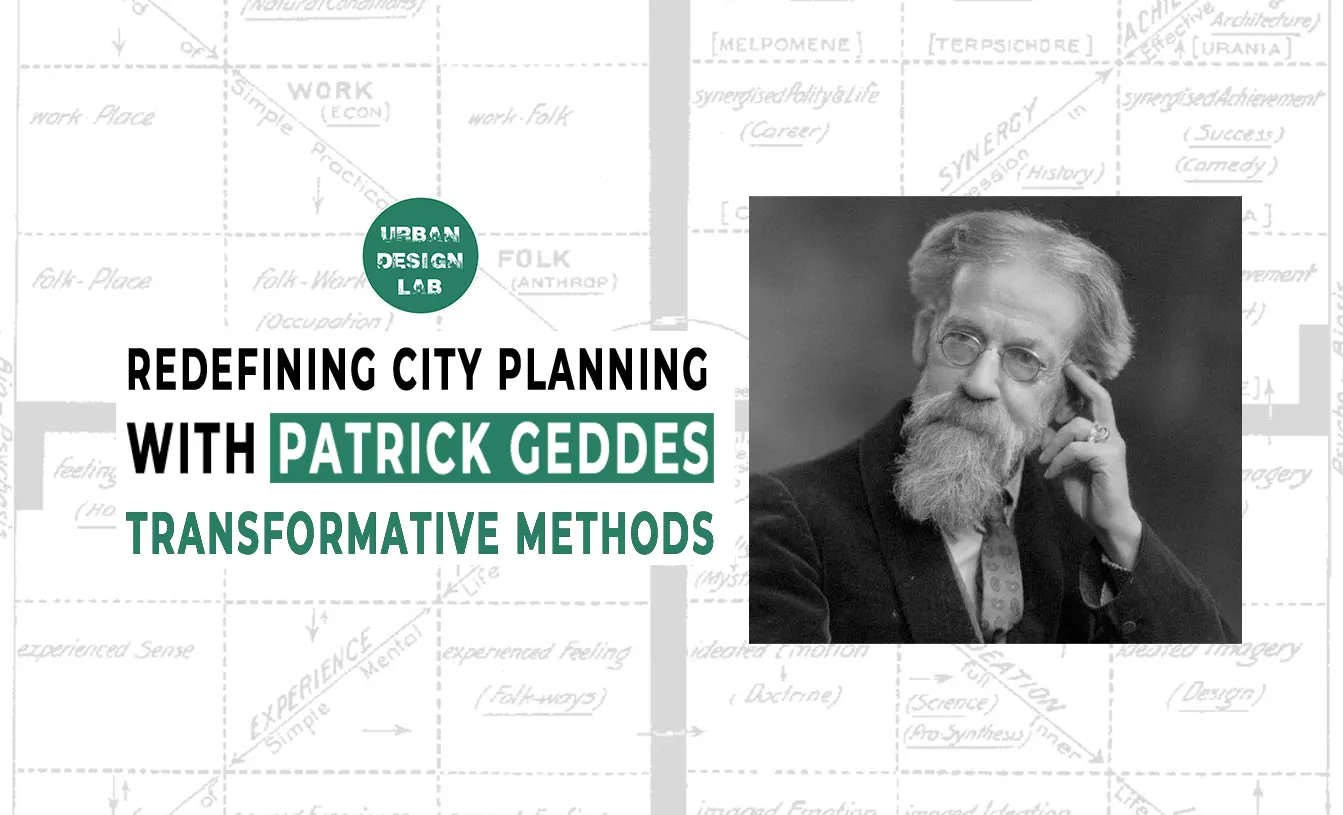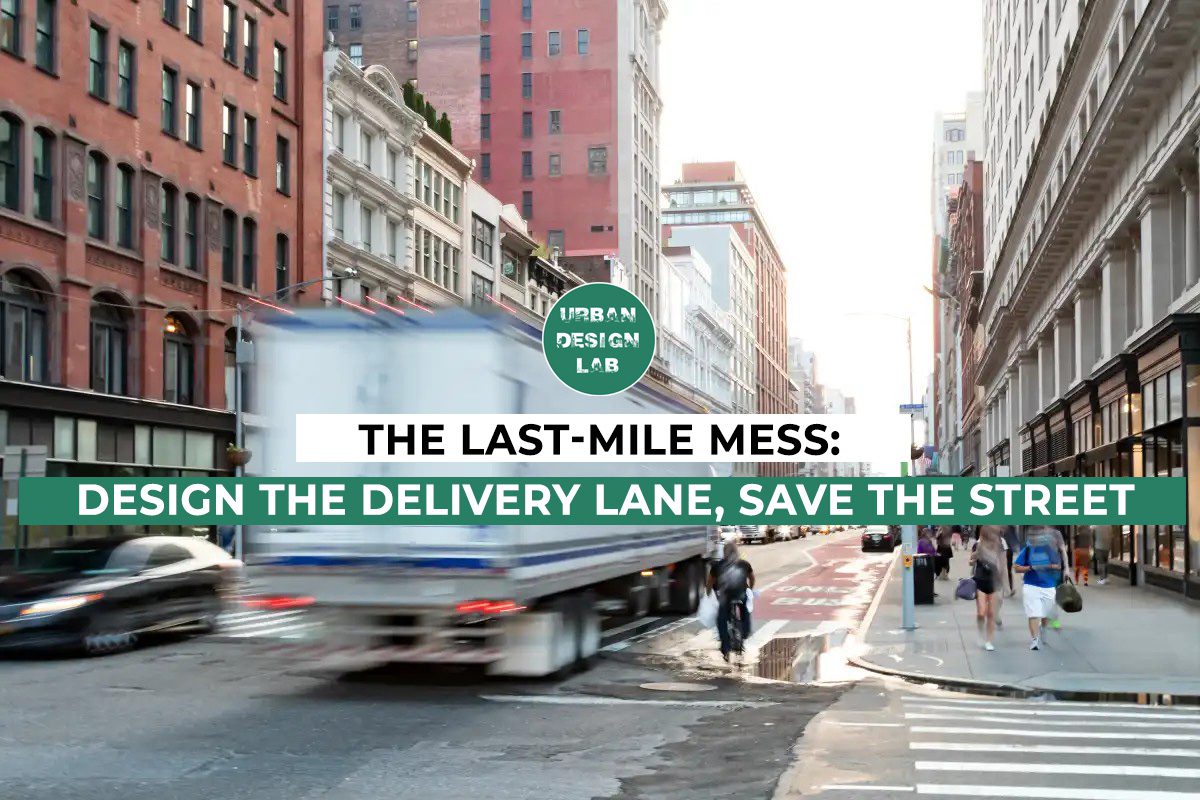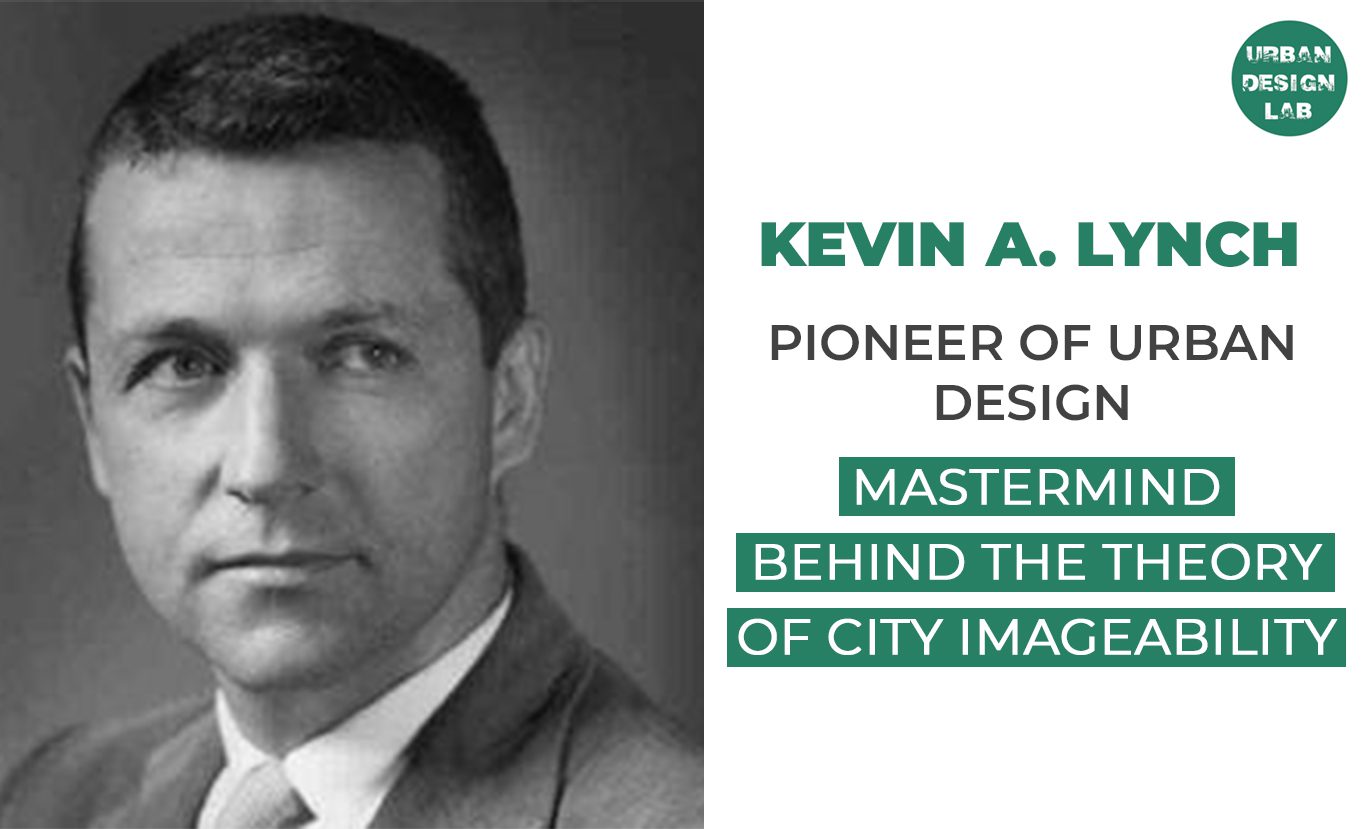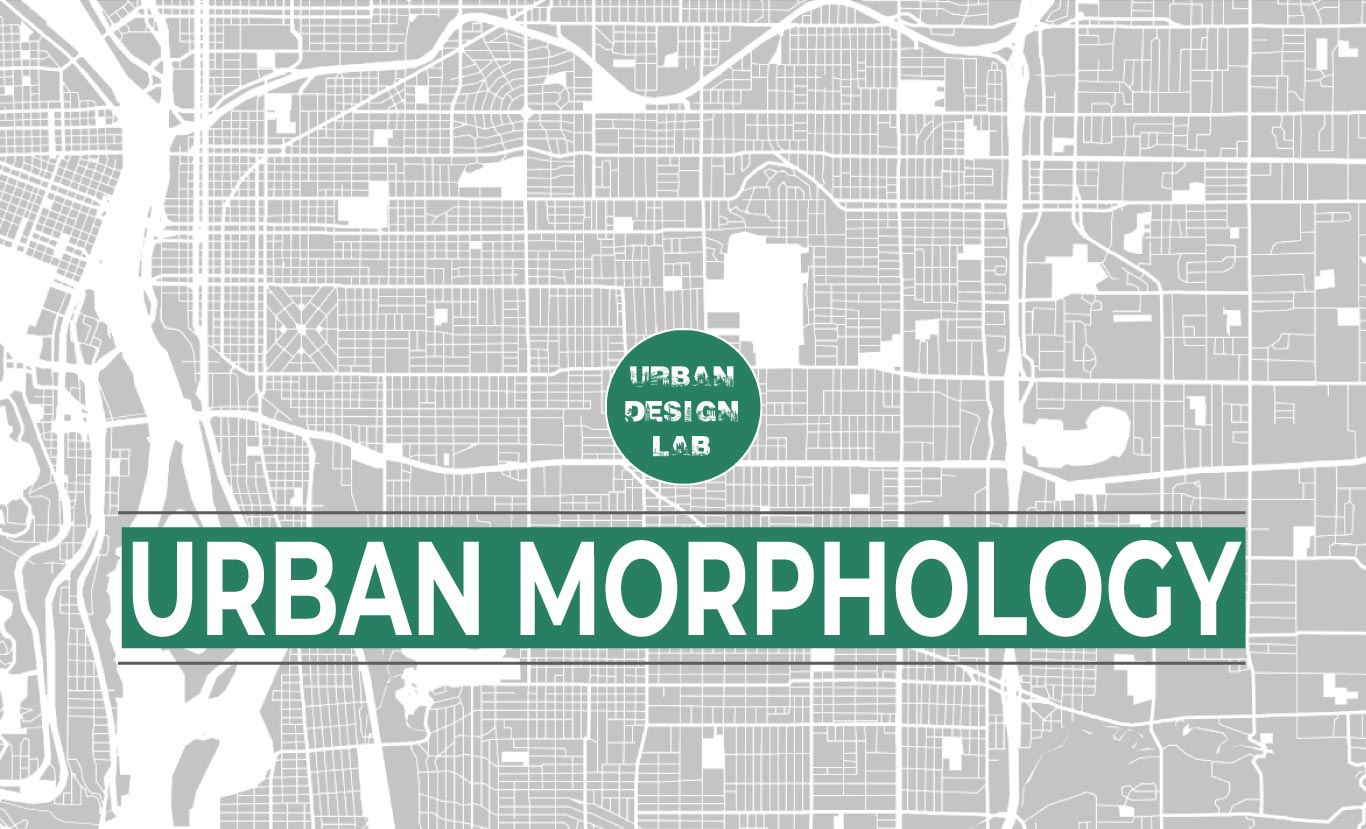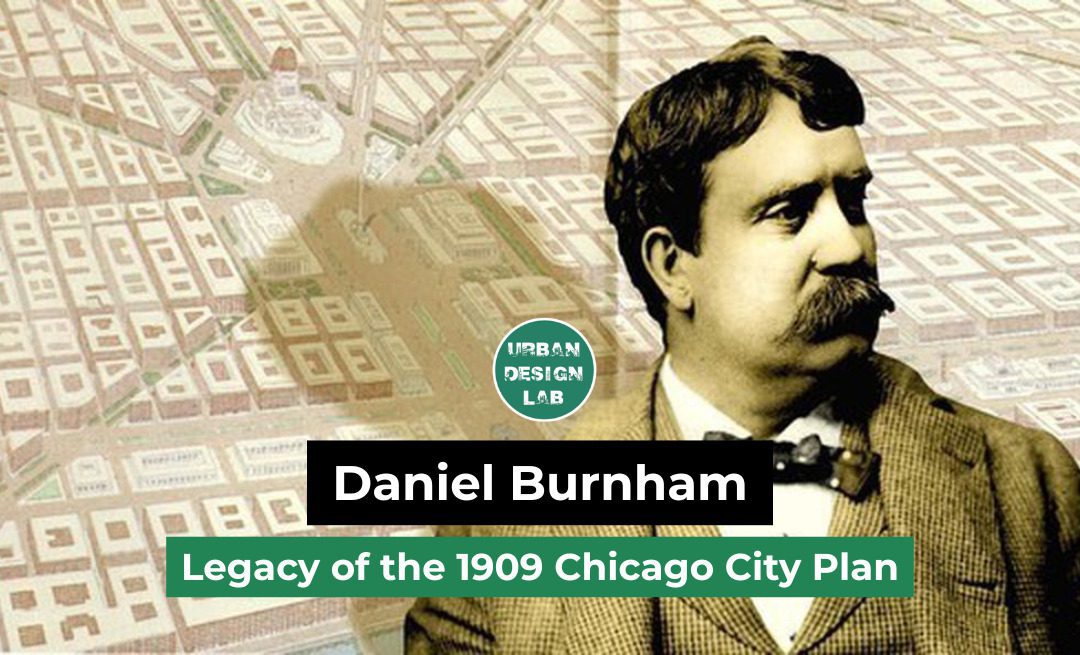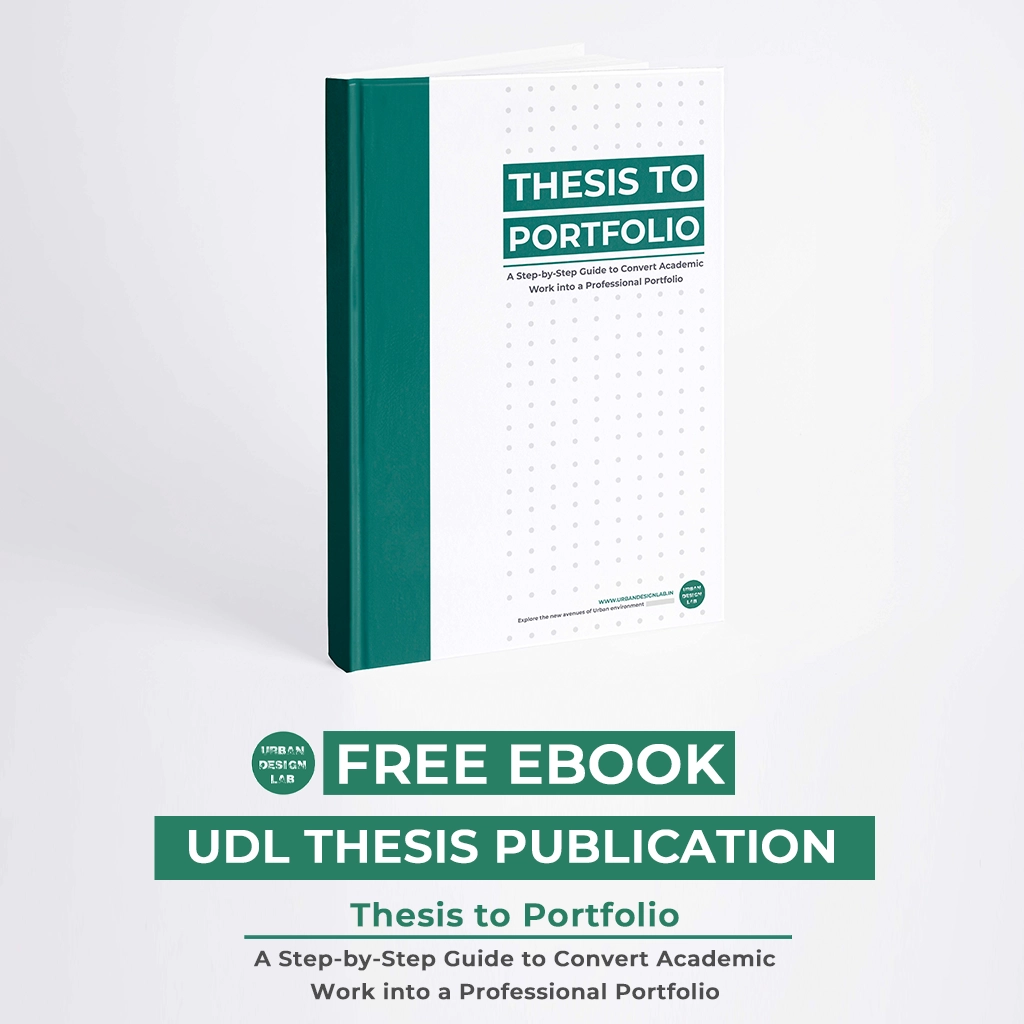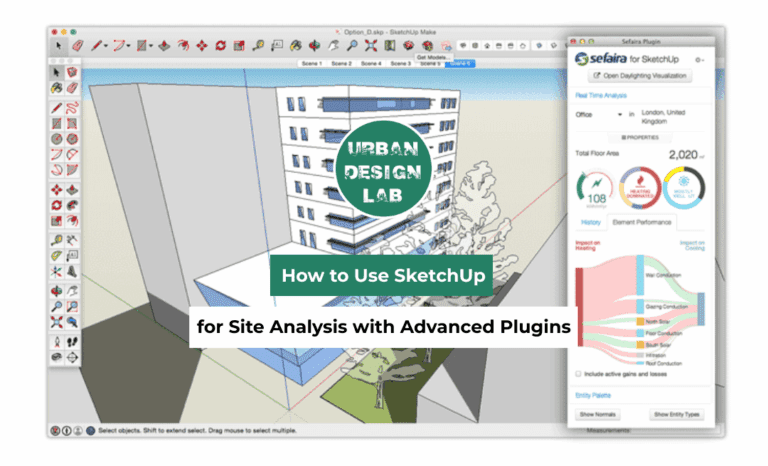
How Quantum GIS is Revolutionizing Urban Simulation with Speed and Precision
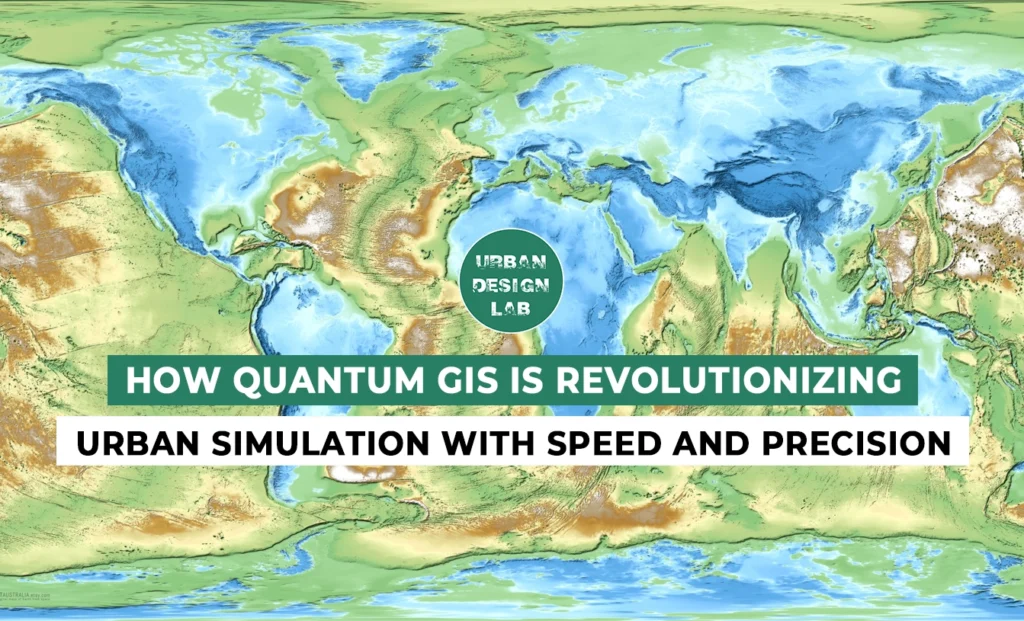
By offering speed, precision, and adaptability in spatial analysis, Quantum GIS (QGIS) is a revolutionary tool for urban simulation. As cities face increasing complexity, planners use QGIS to model traffic, infrastructure, and environmental scenarios efficiently. Future developments, including AI and real-time simulations, promise even faster, more responsive simulations. Real-world applications in cities like Barcelona and Singapore highlight its social and economic impact. QGIS stands out as an essential, data-driven tool for designing resilient, smart cities equipped to handle rapid urban transformation.
Introduction to Quantum GIS and its evolution in urban planning
Quantum GIS refers to Quantum Geographical Information Systems, which is an open-source software enhanced by quantum computing principles that is used in urban planning. While cities continue to grow faster and more complex, urban planners need more precise tools that can process vast data sets with minimal errors. Quantum GIS relies on parallel processing to execute multiple tasks to enhance spatial analysis. It is also an adaptable platform for dynamic, data-driven needs in expanding cities and a starting point for forward-thinking models of planning.
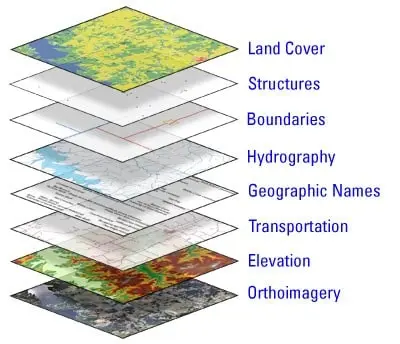
How quantum GIS accelerates urban simulation
The parallel computation feature enables the simultaneous processing of multiple tasks, as several algorithms and plugins are optimized for parallelization. This allows them to leverage multiple CPU cores by decomposing larger tasks into smaller, more manageable units that can be processed rapidly. For instance, a 2024 study conducted by the MIT Urban Risk Lab reported a 75% reduction in the time required for earthquake vulnerability assessments. With such computational enhancements, urban planners can now perform multiple assessments within the timeframe previously needed for a single analysis.
This advancement significantly improves workflow efficiency and supports real-time decision-making in high-risk urban environments. Moreover, it facilitates the integration of complex datasets and simulation models, enhancing both predictive accuracy and operational responsiveness.
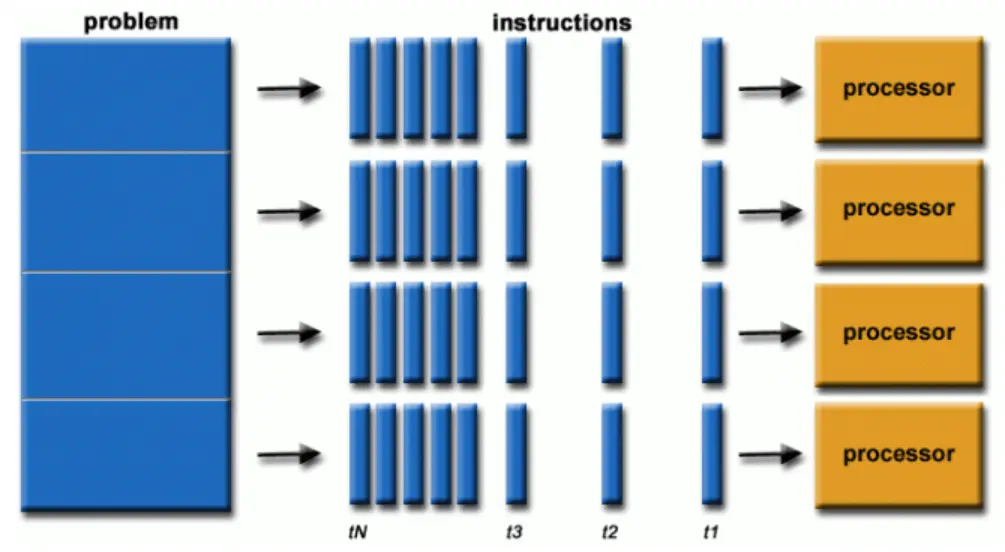
Source: Website Link
AI and Real-Time data integration
Quantum GIS (QGIS) also enhances analytical accuracy through the integration of artificial intelligence (AI) and real-time data sensors. Embedded machine learning algorithms within QGIS can analyze and predict urban heat island (UHI) effects with up to 95% accuracy by incorporating satellite imagery, thermal properties of building materials, and localized weather patterns. Notably, cities like Dubai have leveraged these tools to optimize green space configurations, successfully reducing peak urban temperatures by nearly 3°C.
Moreover, QGIS’s integration with the Internet of Things (IoT) allows for dynamic recalibration of spatial models. For instance, real-time traffic data can be utilized to update congestion models, while adaptive algorithms can optimize streetlight placement to maximize energy efficiency. These capabilities collectively support data-driven urban design and promote resilient, climate-responsive planning.
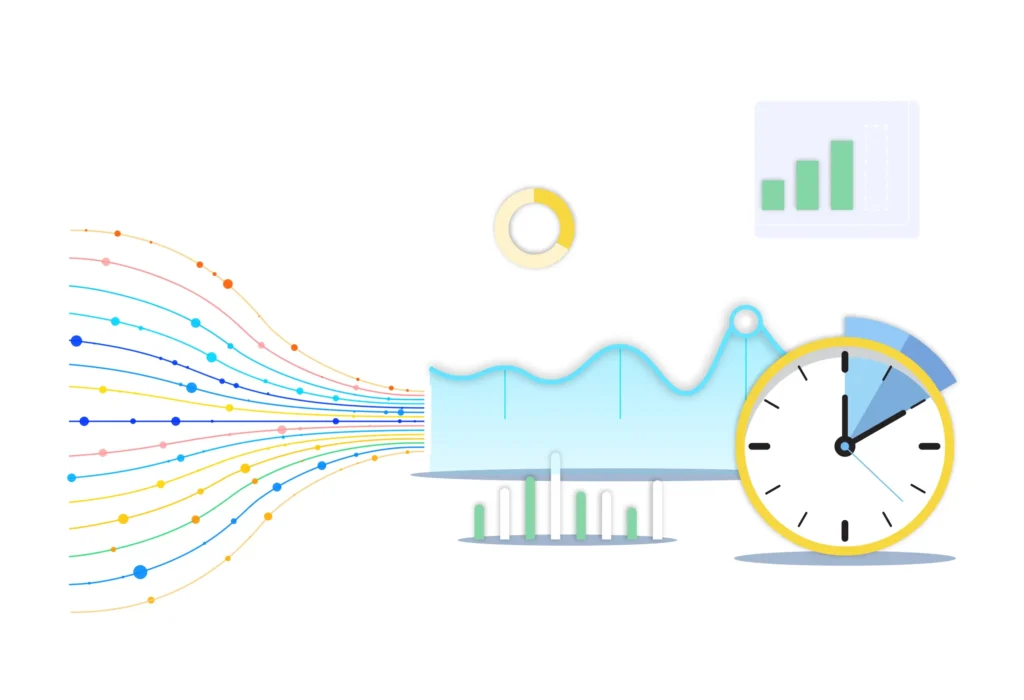
QGIS-Driven Design in Smart Cities - "Virtual Singapore" project
QGIS enables the integration of 3D city models to conduct real-time simulations of diverse urban phenomena—including flood risks, seismic activity, pedestrian movement patterns, and the optimization of street lighting systems. High-resolution drone imagery, LiDAR scans, and participatory data contributed by residents are utilized to refine infrastructure planning well before construction begins.
The outcome: significant cost savings, minimized disruptions during implementation, and compelling evidence that quantum-enhanced Geographic Information Systems (GIS) have transitioned from conceptual frameworks to operational tools, empowering the development of resilient, future-ready urban environments.
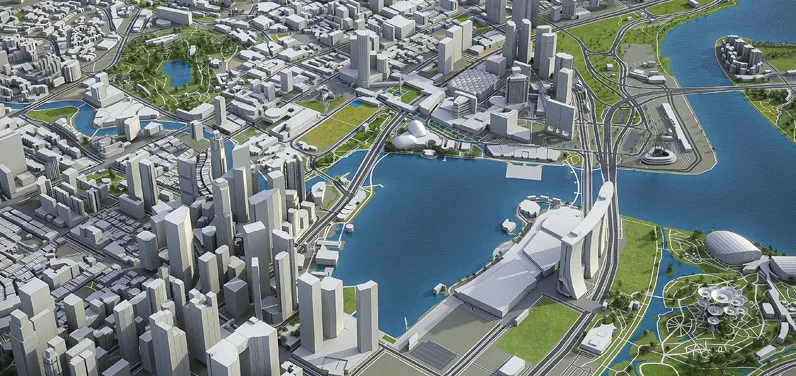
Challanges
With its high potential, Quantum GIS still faces challenges, as any emerging tool. including the high cost of computational power required for parallel processing, which limits access to smaller cities. The skill gap that still exists for using the software and the need for specialised training. The risk of algorithmic bias due to biased data input may also be a threat that needs attention from planners to collect inclusive data and work on the development of open-source tools. Transparency in using AI-driven tools and simulations should be prioritised to ensure marginalised communities benefit from these advancements.

Ensuring ethical and equitable use
With QGIS enabling more automated decision-making, ethical considerations are present and also become a requirement in Quantum Urban Planning. Who controls the algorithms that shape our cities? Can simulations do justice to economic and social inequalities? One solution is Barcelona’s “Democratic Digital Twins” project, using participatory modelling to incorporate local resident feedback into QGIS scenarios. By embedding local feedback into data-driven processes as digital urbanism advances, maintaining this balance between technology and human-centred values will be essential.

What's next?
Going forward, Quantum GIS has the potential to revolutionise climate adaptation planning. Researchers at ETH Zurich are experimenting with QGIS to model the impacts of sea-level rise at a hyper-local scale, predicting block-by-block flooding years or even decades in advance. Coupled with renewable energy optimisation software, such technologies can assist cities in achieving net-zero earlier. For urban laboratories, the emphasis must be on collaboration among governments, tech firms, and universities to democratise access and render Quantum GIS a driving force for sustainable, equitable urbanism.
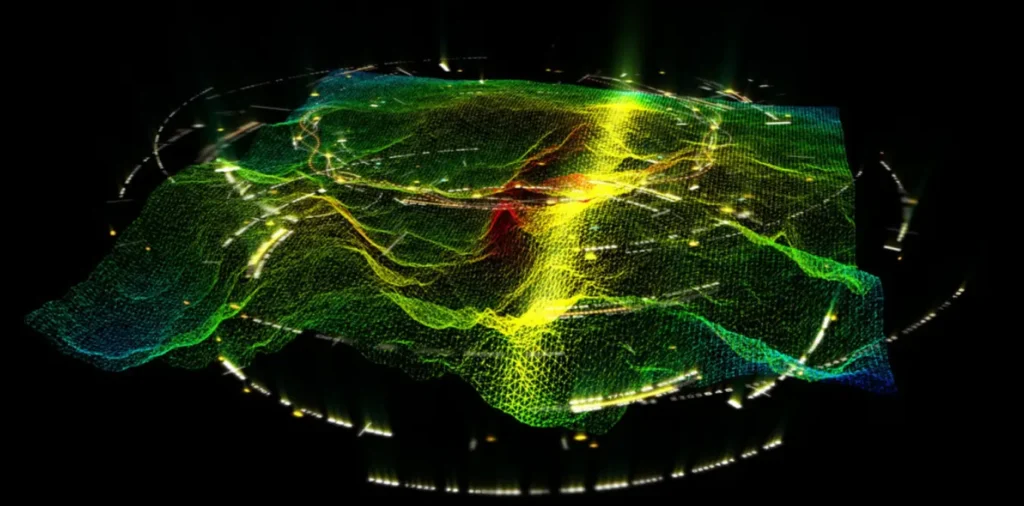
Conclusion
During a time when cities must be adapting rapidly to environmental changes, Quantum GIS (QGIS) is one specialised tool for city planning. Its capacity to integrate speed and accuracy enables planners to model various detailed scenarios, incorporate real-time information, and confidently make informed decisions. As artificial intelligence, cloud computing, and smart technologies continue to transform the urban environment, and by utilising QGIS, urban planners and researchers can be at the forefront of creating cities that are not just more efficient and smart, but also more inclusive and sustainable for future generations.
References
- Tyagi, Noopur & Singh, Jaiteg & Singh, Saravjeet & Sehra, Sukhjit. (2024). A 3D Model-Based Framework for Real-Time Emergency Evacuation Using GIS and IoT Devices. ISPRS International
- Journal of Geo-Information. 13. 445. 10.3390/ijgi13120445. https://www.researchgate.net/publication/386594991_A_3D_Model
- Based_Framework_for_Real_Time_Emergency_Evacuation_Using_GIS_and_IoT_Devices
Gaglione, Federica. (2023). Urban planning and GeoAI in smart city policies. TeMA – Journal of - Land Use, Mobility and Environment. 16. 631-637. 10.6093/1970-9870/10317. https://www.researchgate.net/publication/377296313_Urban_planning_and_GeoAI_in_smart_city_policies
- Ignatius, Marcel & Wong, Nyuk Hien & Martin, Miguel & Chen, Shisheng. (2019). Virtual Singapore integration with energy simulation and canopy modelling for climate assessment. IOP Conference Series: Earth and Environmental Science. 294. 012018. 10.1088/1755-1315/294/1/012018. https://www.researchgate.net/publication/335080953_Virtual_Singapore_integration_with_energy_simulation_and_canopy_modelling_for_climate_assessment
- Flenniken, J. & Stuglik, Steven & III, Basil. (2020). Quantum GIS (QGIS): An Introduction to a Free Alternative to More Costly GIS Platforms. EDIS. 2020. 7. 10.32473/edis-fr428-2020. https://www.researchgate.net/publication/368660784_Quantum_GIS_QGIS_An_Introduction_to_a_Free_Alternative_to_More_Costly_GIS_Platforms
- Converso, L., & Sarkar, A. (2024, September 20). How can quantum technologies advance the sustainability agenda? World Economic Forum. https://www.weforum.org/stories/2024/09/how-quantum-technologies-advance-sustainable-development-goals/

Malak Said
About the author
Malak is an architecture student at Helwan University, driven by a passion for urban resilience, human-centred design, and environmental justice. Her work often intersects with cultural context and social impact. At Urban Design Lab, she aims to explore global urban issues and contribute research that reflects both analytical depth and design sensitivity.
Related articles
UDL Illustrator
Masterclass
Visualising Urban and Architecture Diagrams
Session Dates
17th-18th January 2026

Urban Design Lab
Be the part of our Network
Stay updated on workshops, design tools, and calls for collaboration
Curating the best graduate thesis project globally!
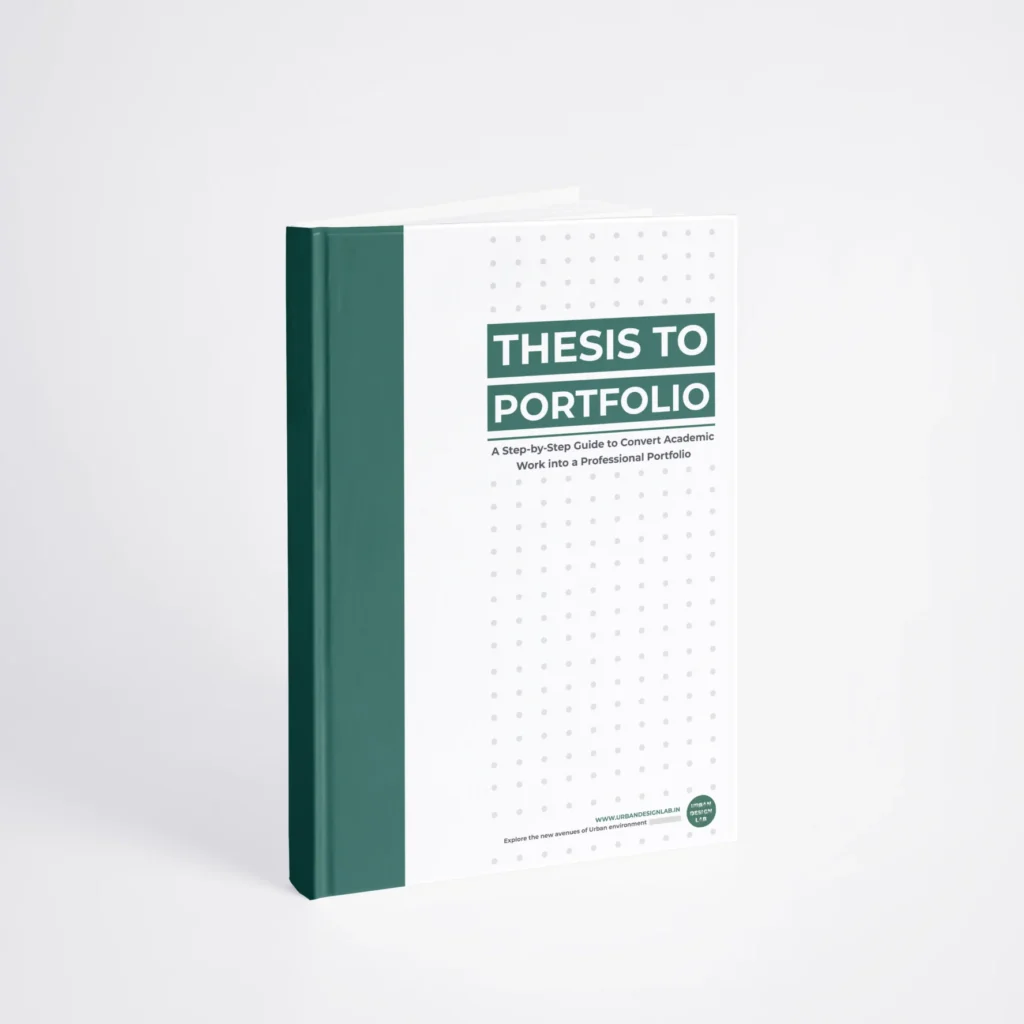
Free E-Book
From thesis to Portfolio
A Guide to Convert Academic Work into a Professional Portfolio”
Recent Posts
- Article Posted:
- Article Posted:
- Article Posted:
- Article Posted:
- Article Posted:
- Article Posted:
- Article Posted:
- Article Posted:
- Article Posted:
- Article Posted:
- Article Posted:
Sign up for our Newsletter
“Let’s explore the new avenues of Urban environment together “
